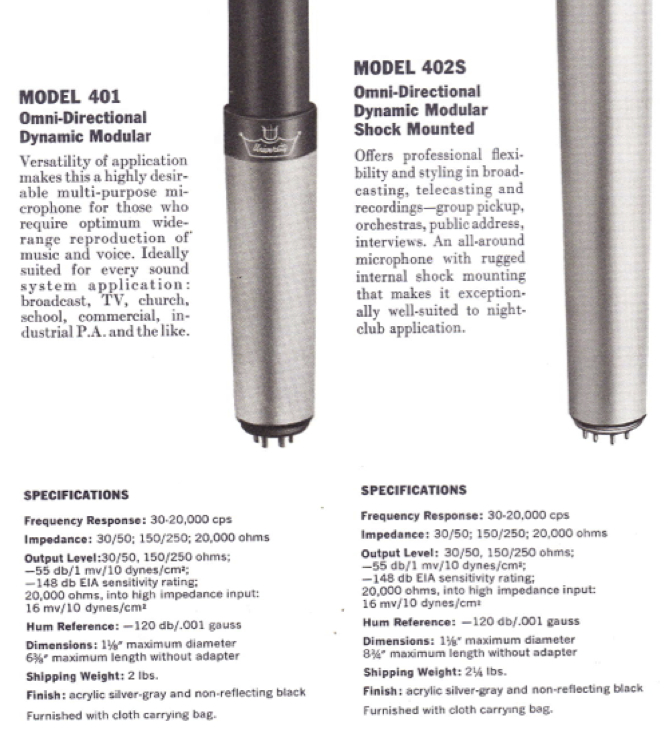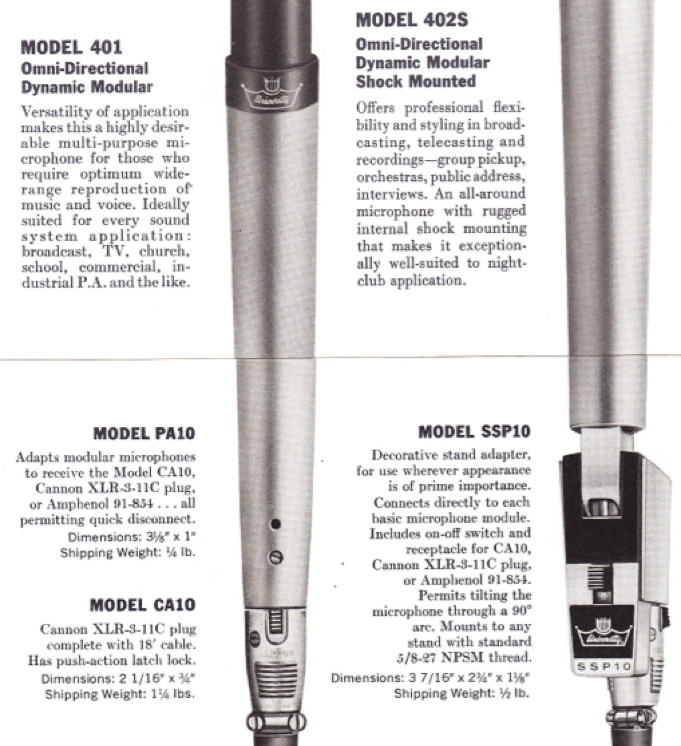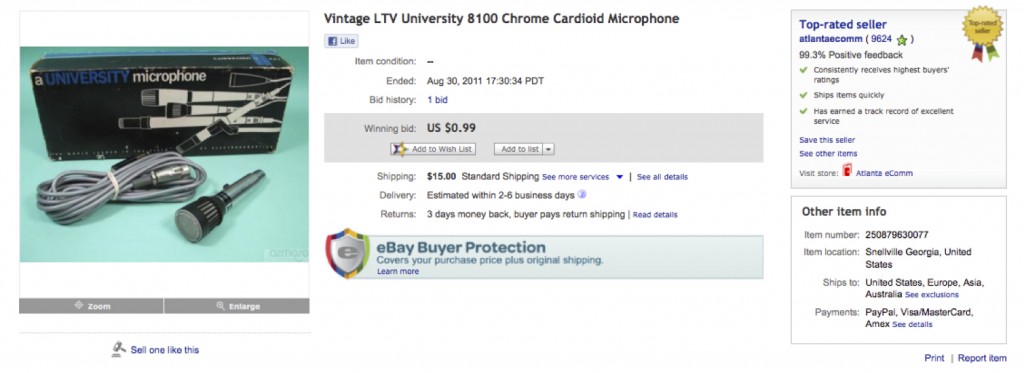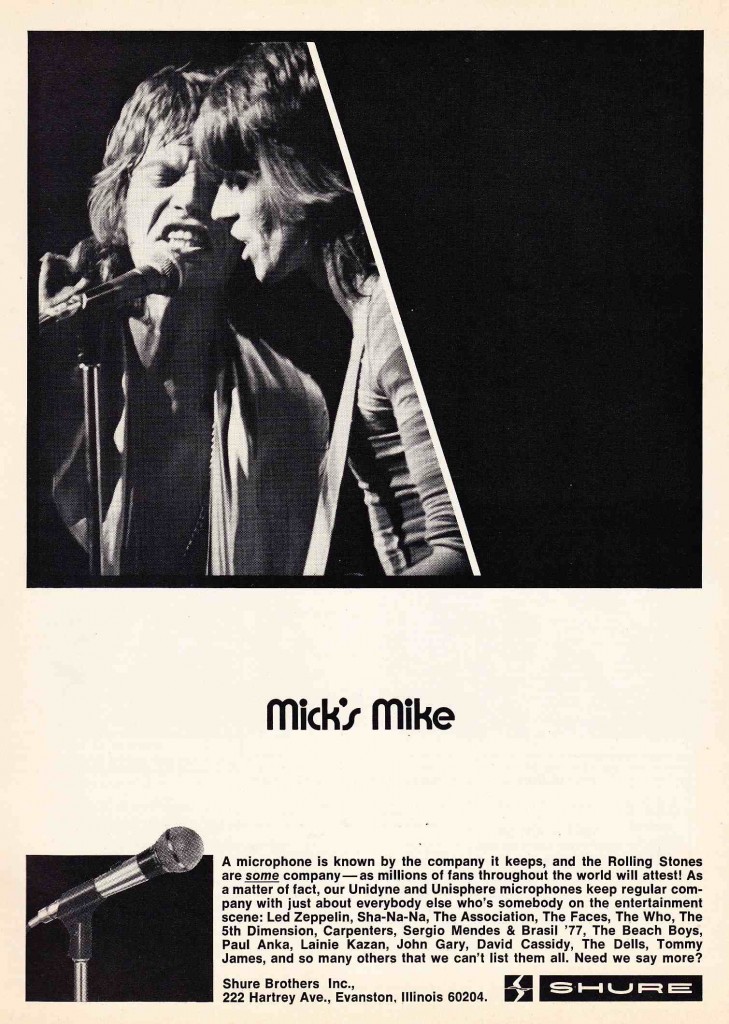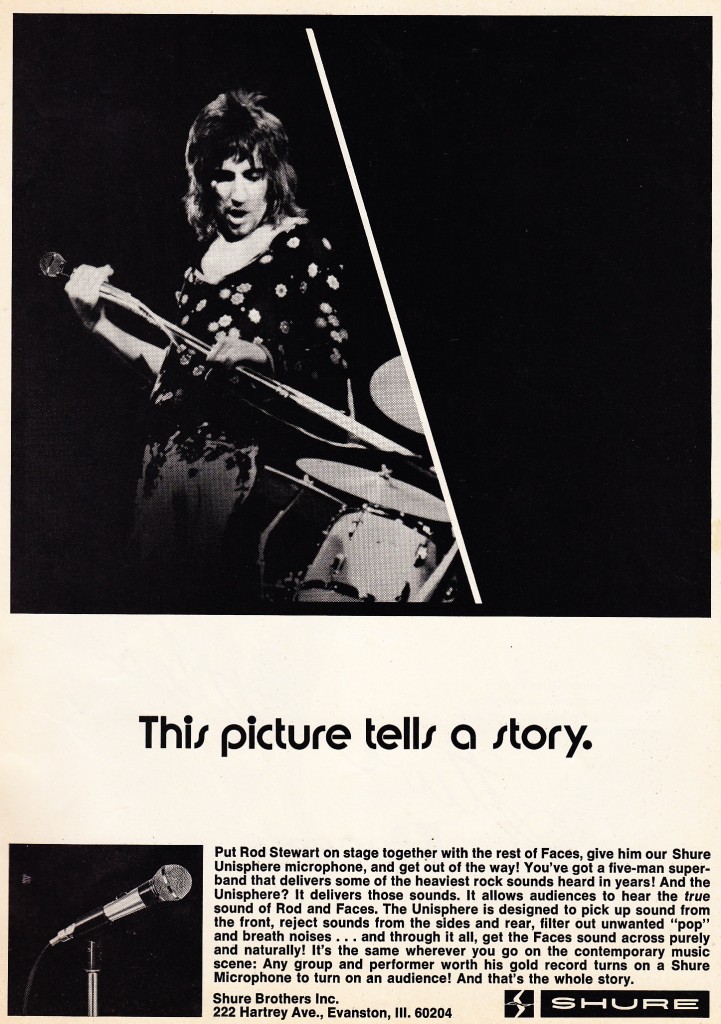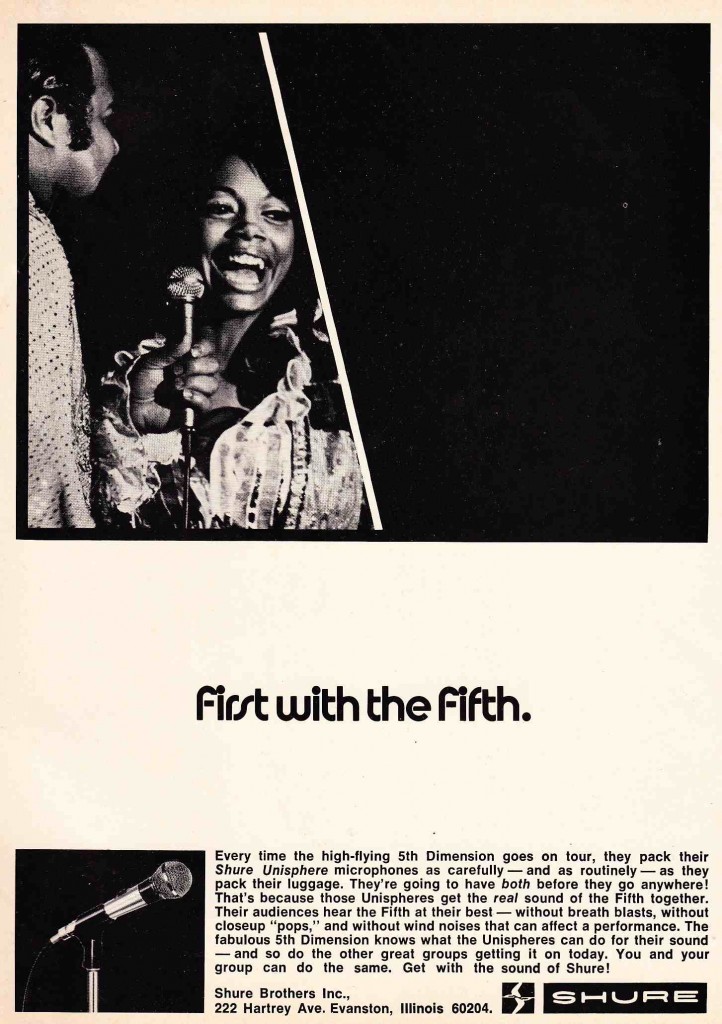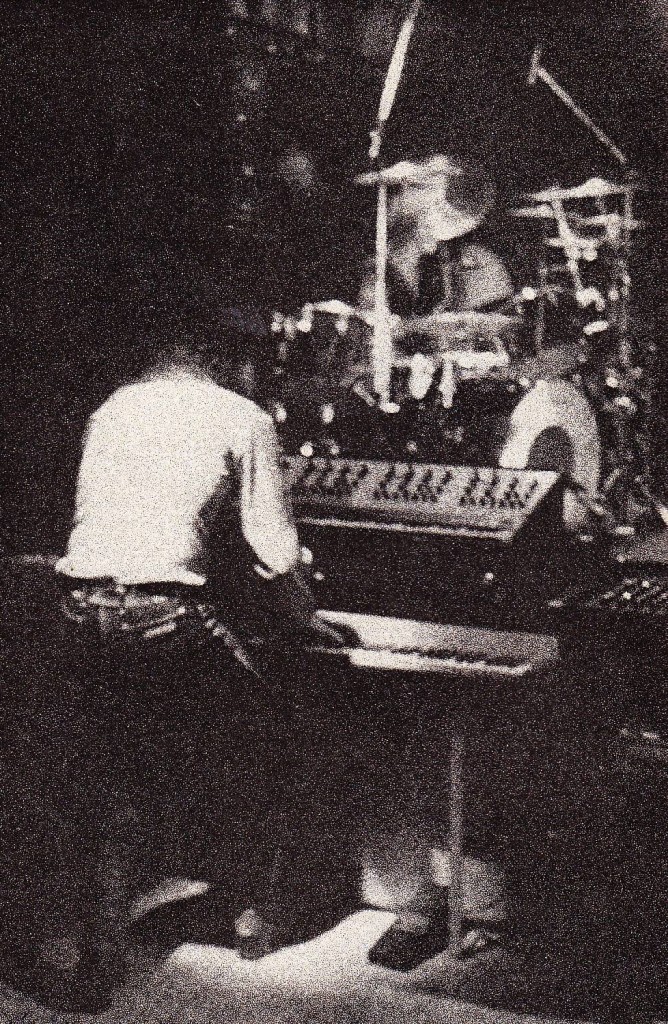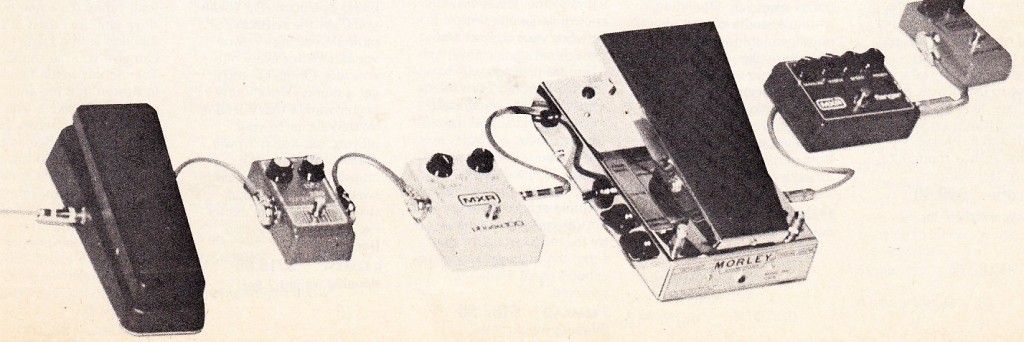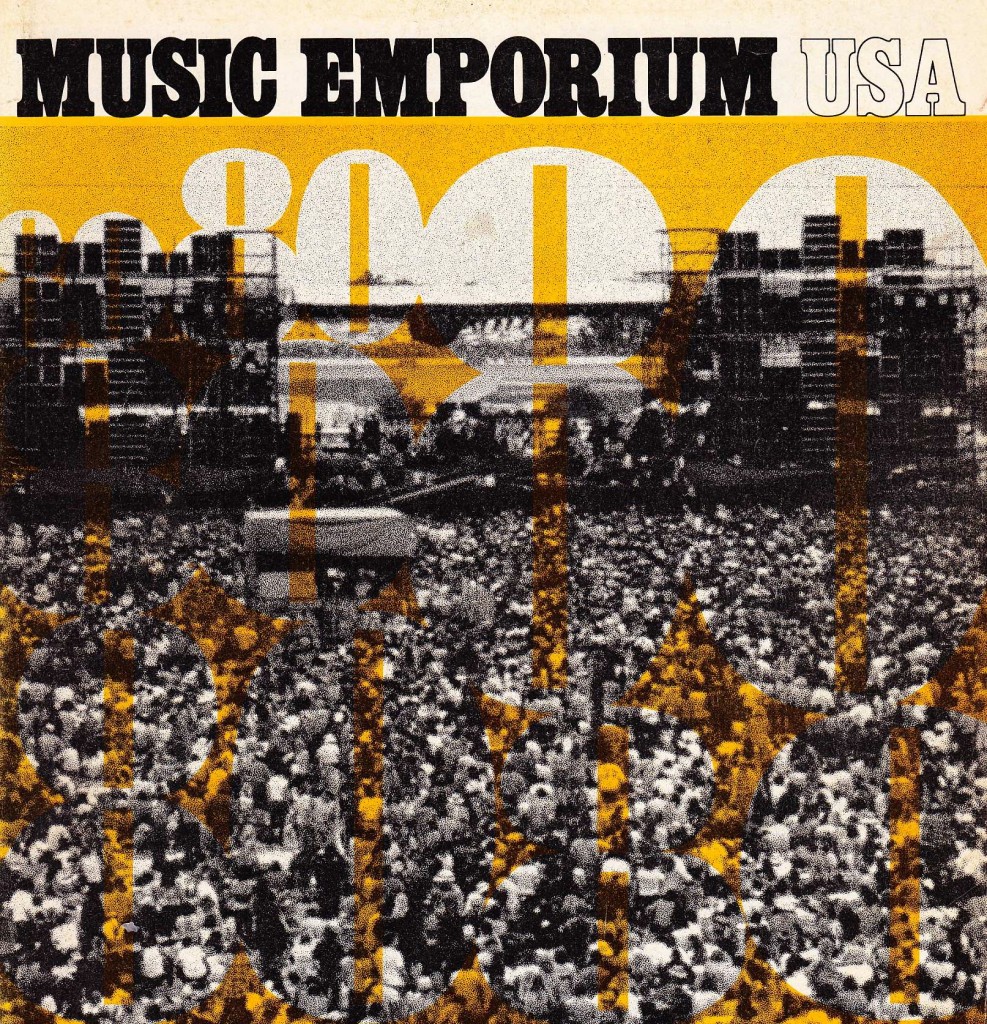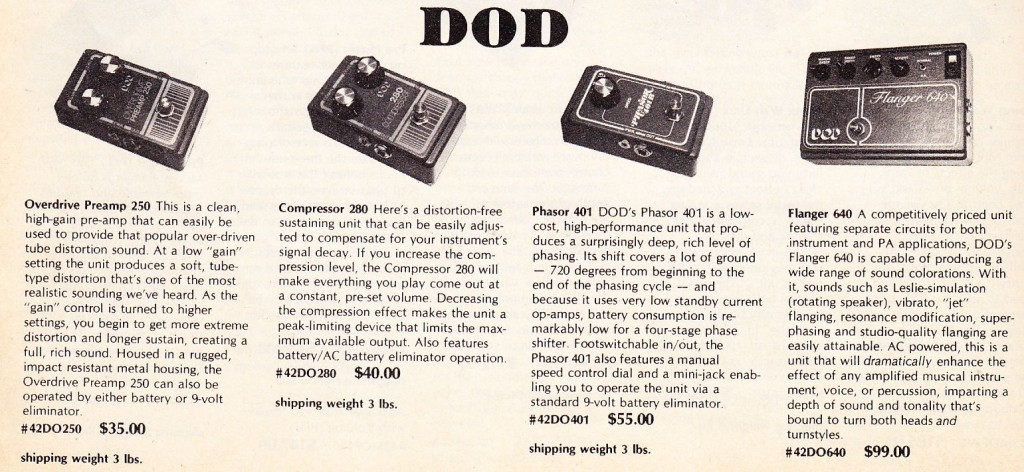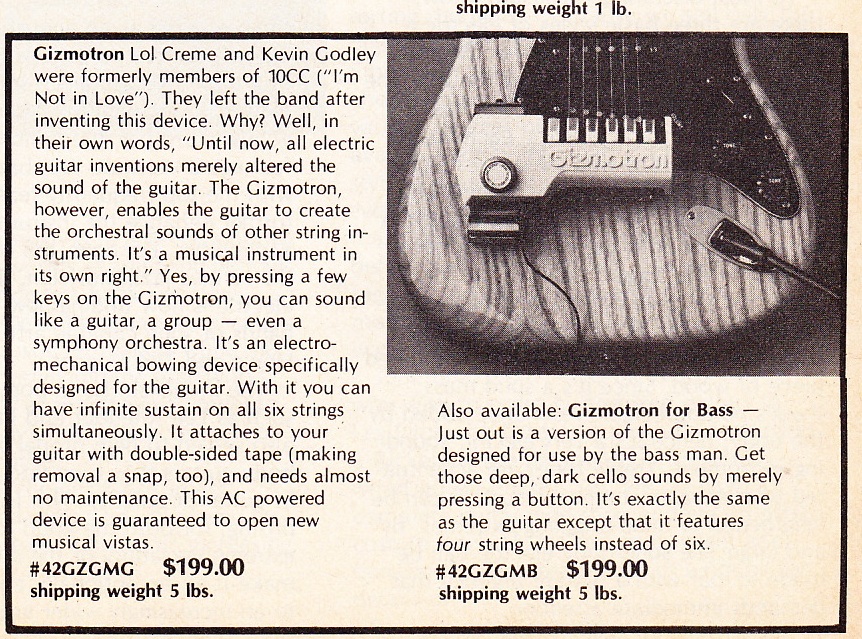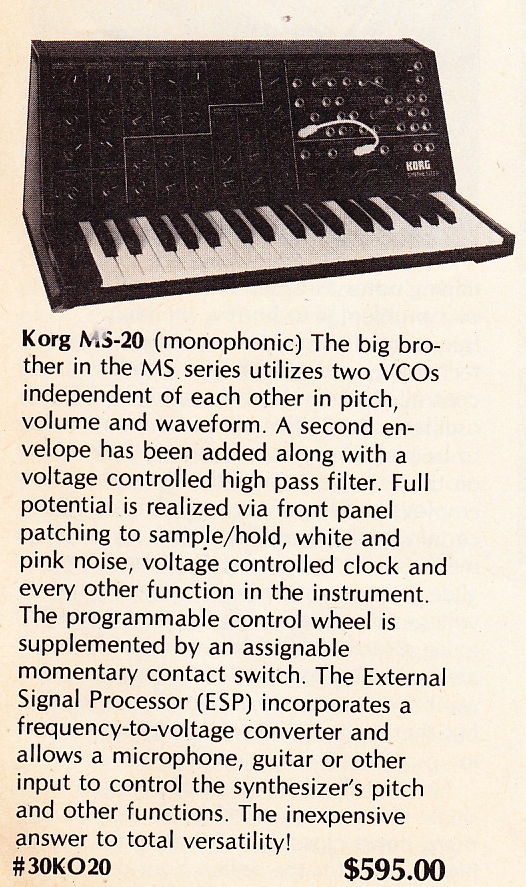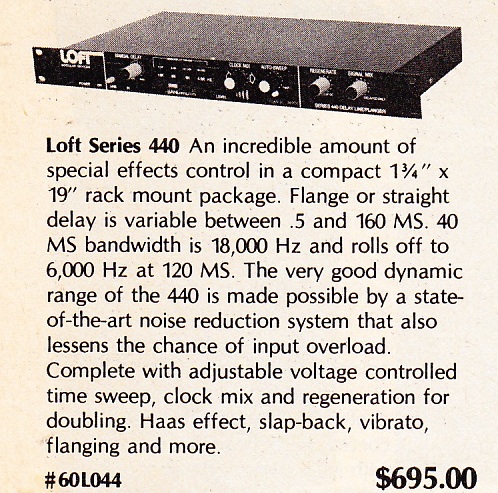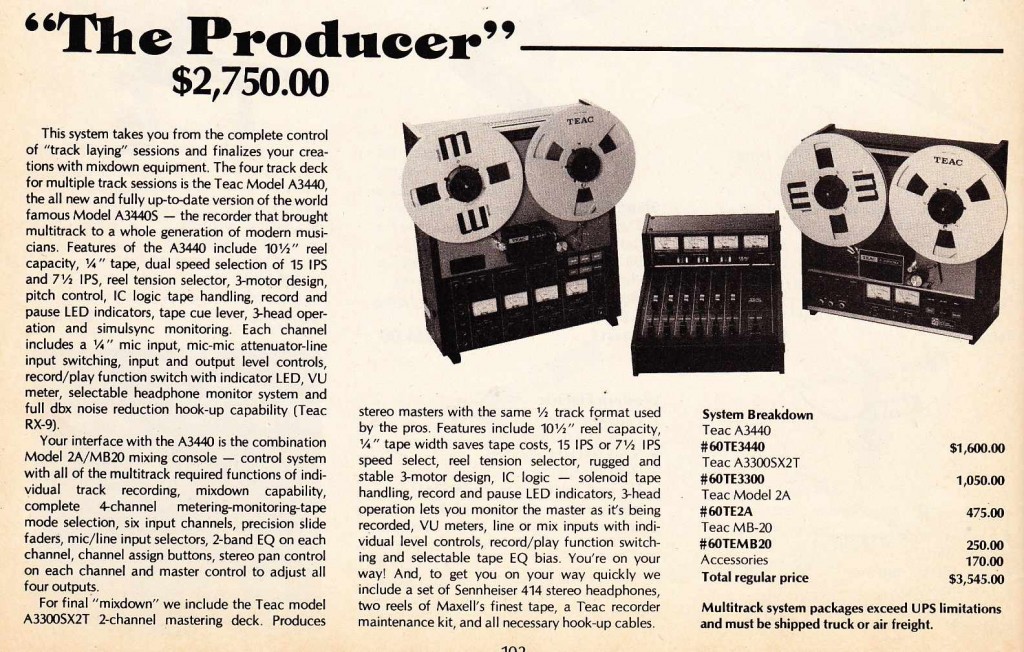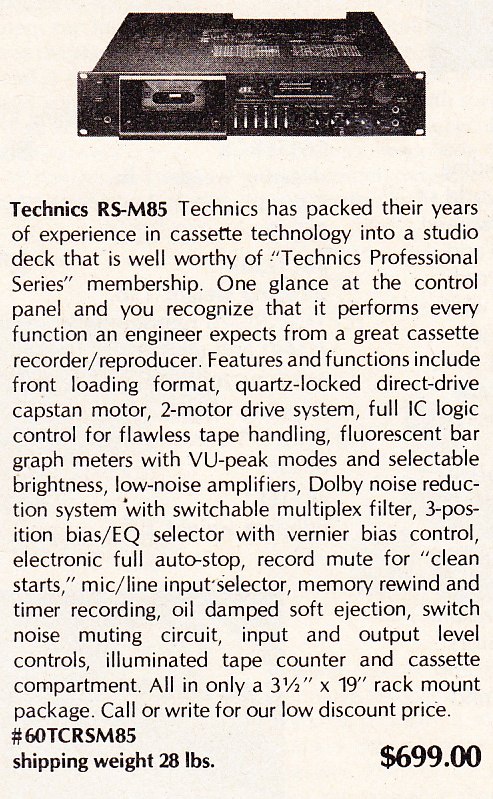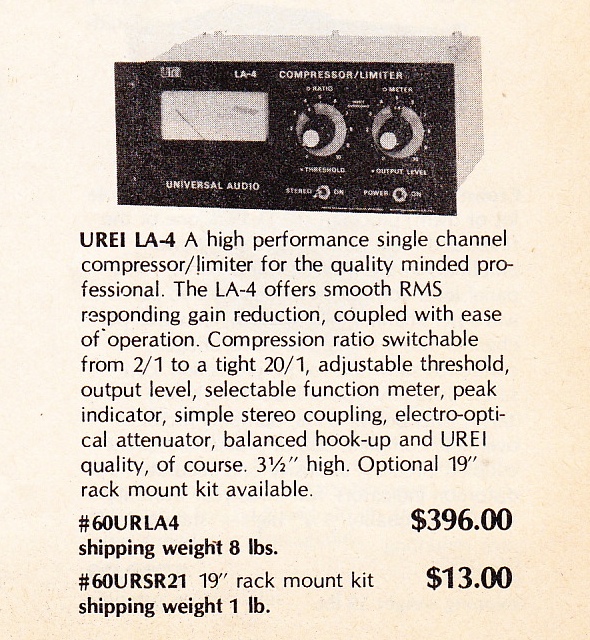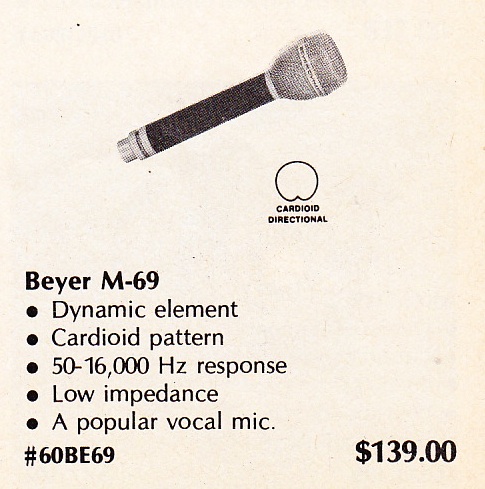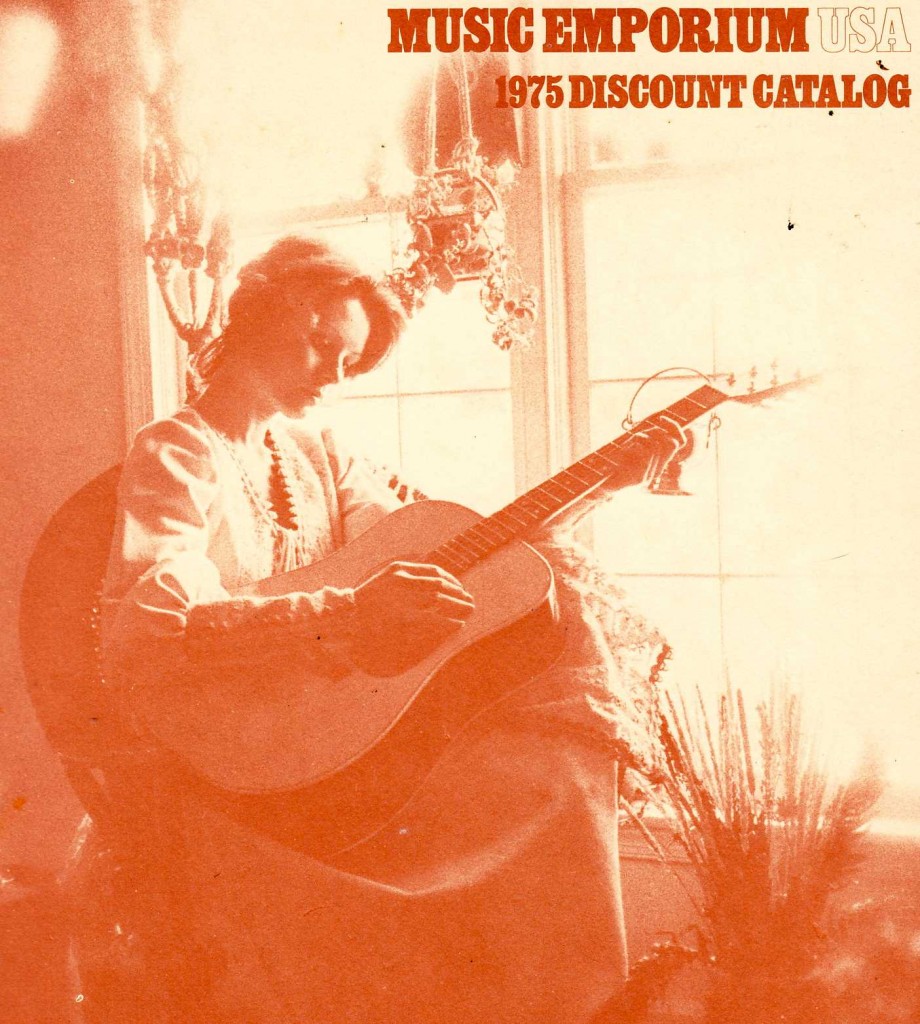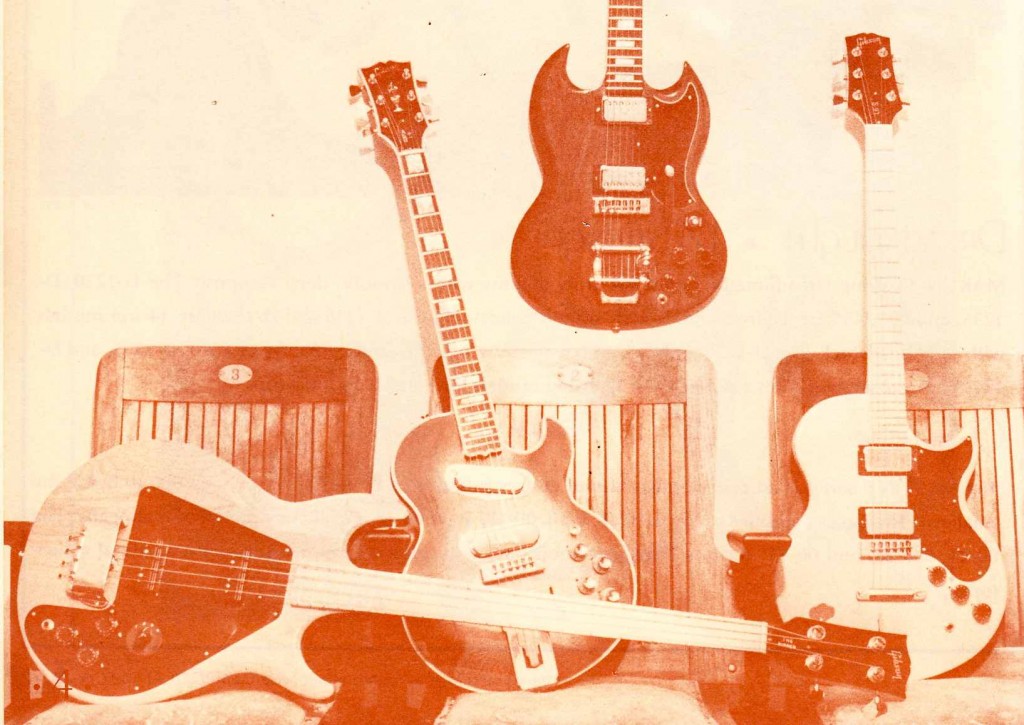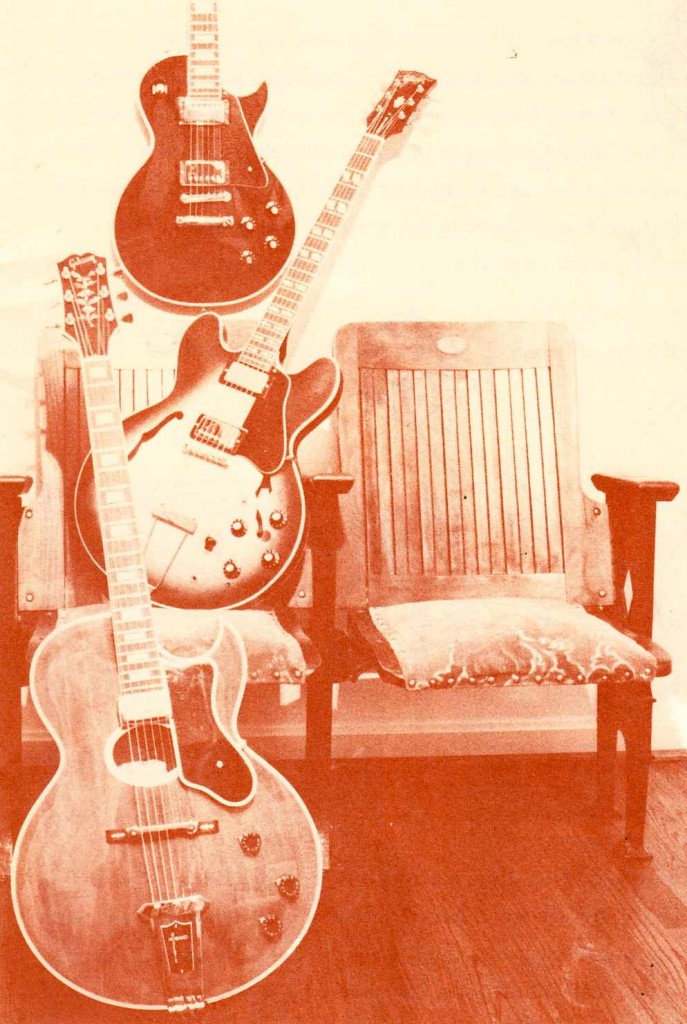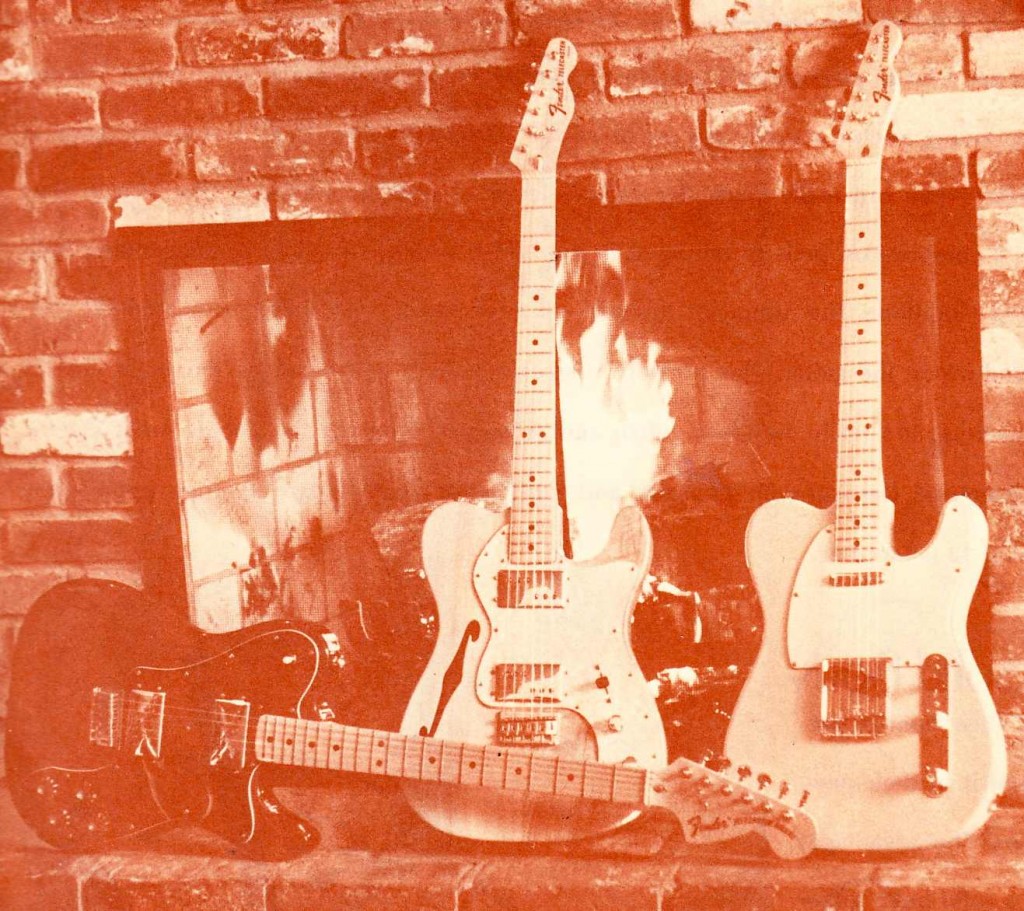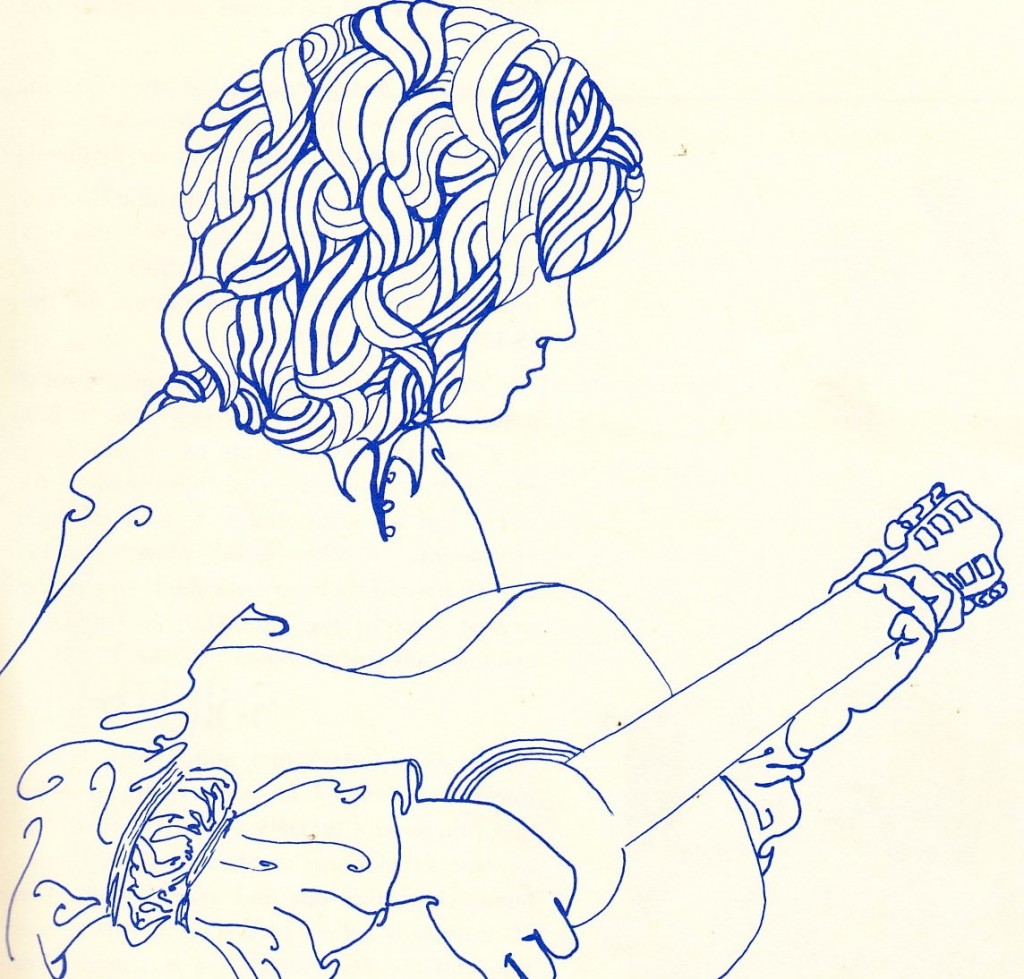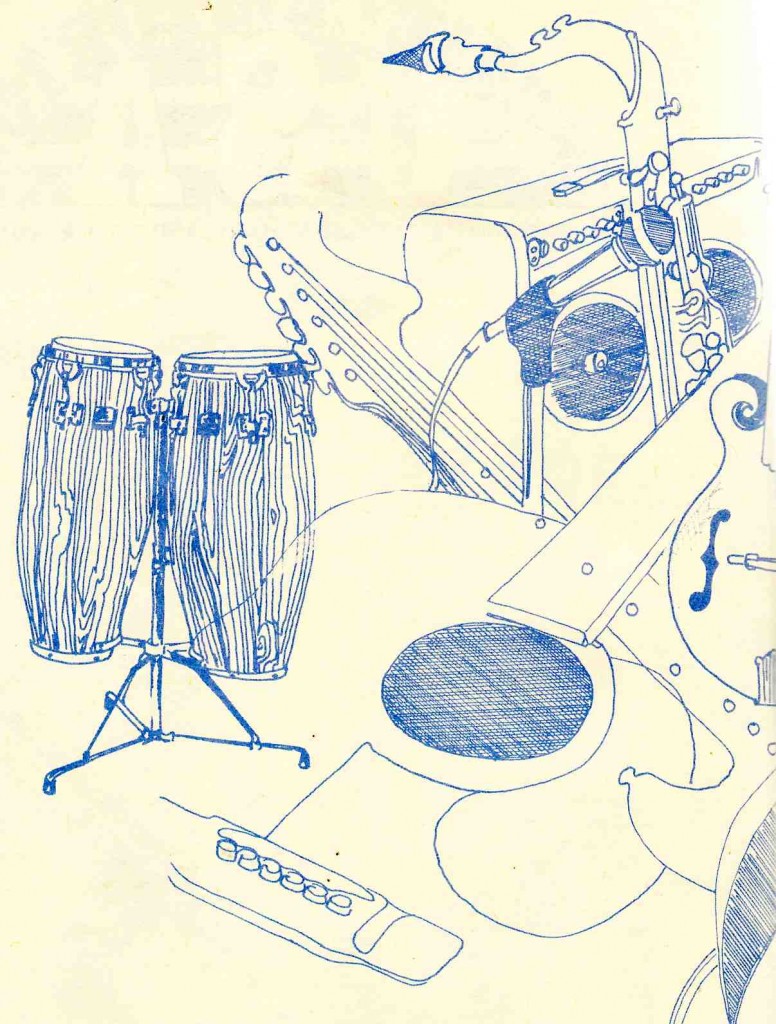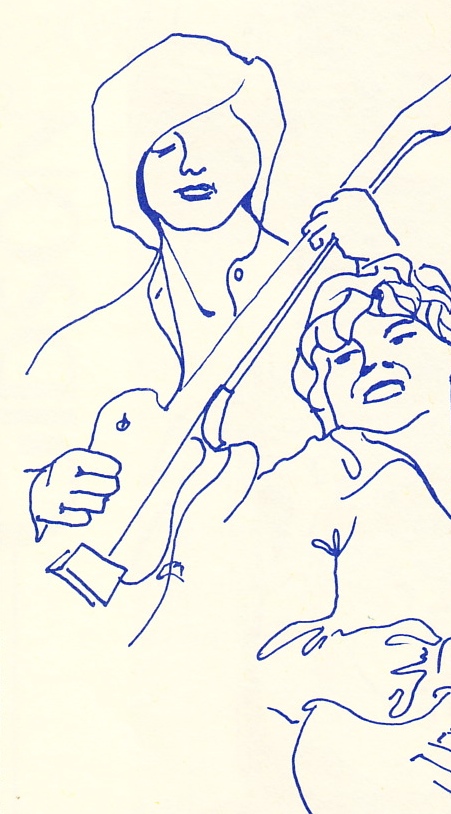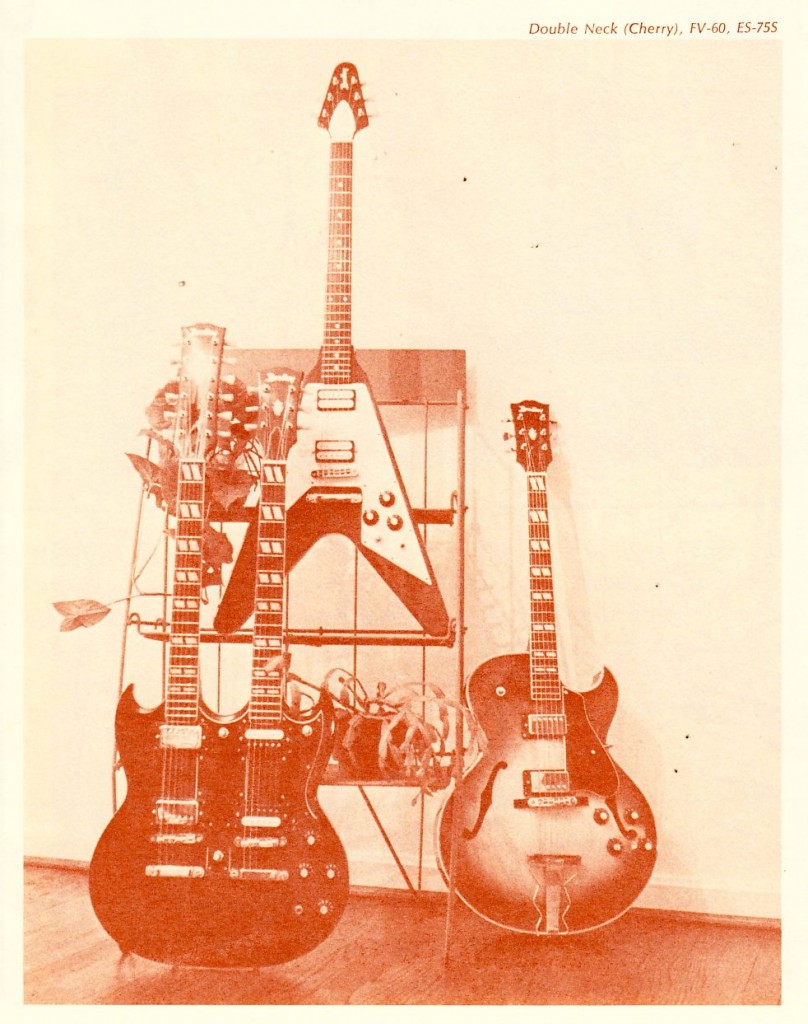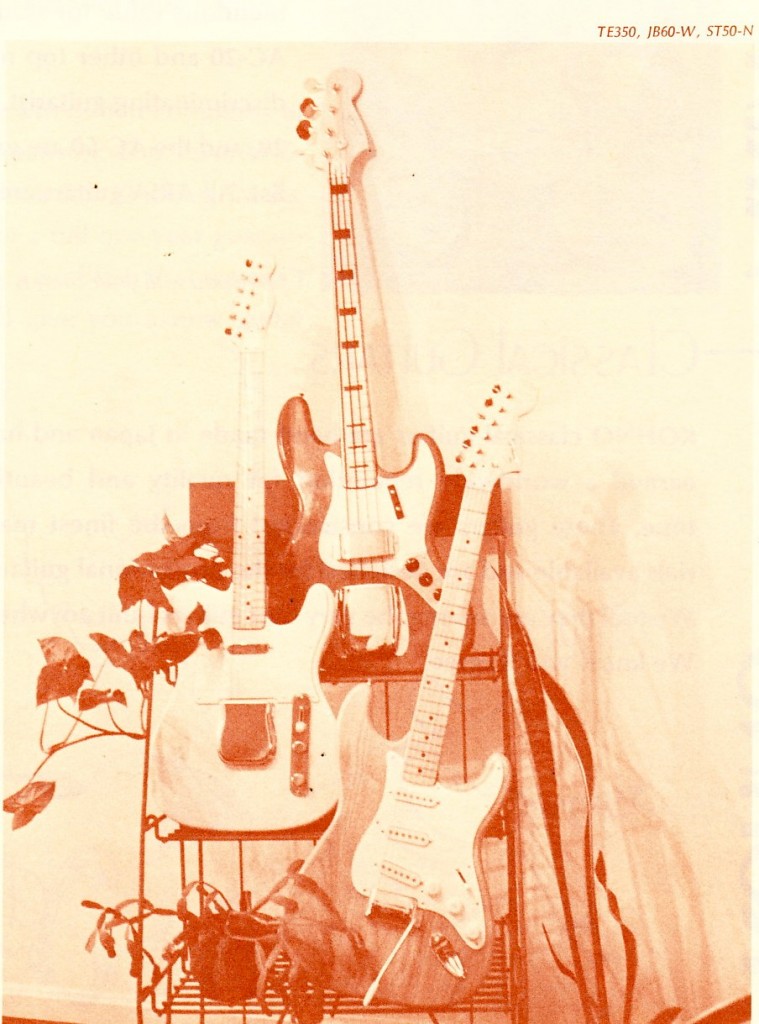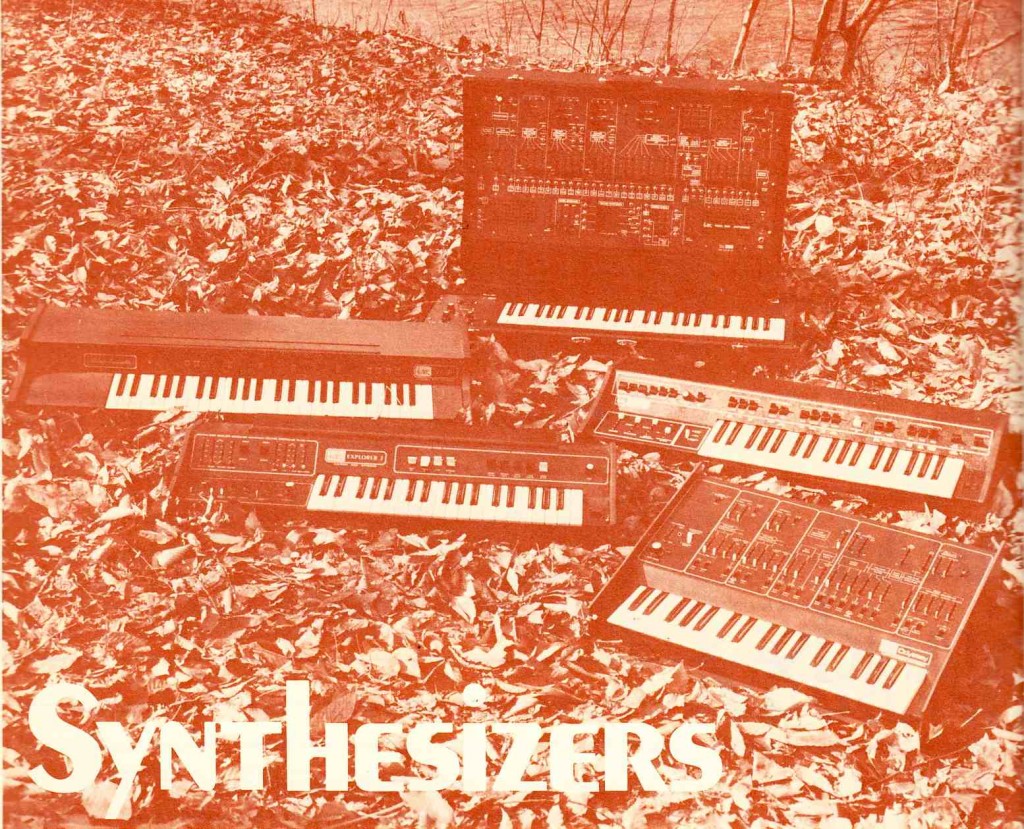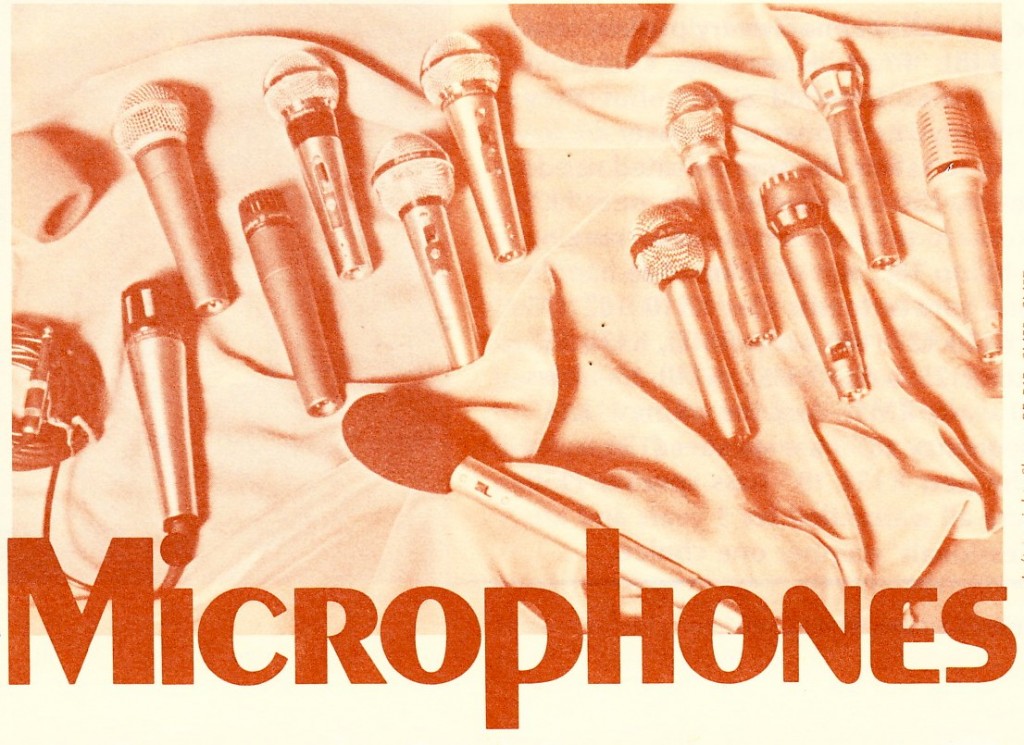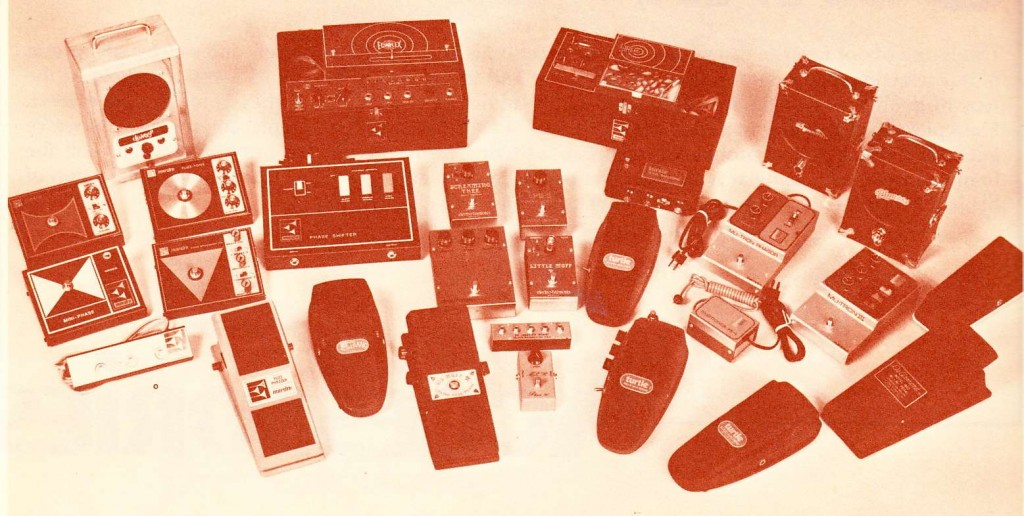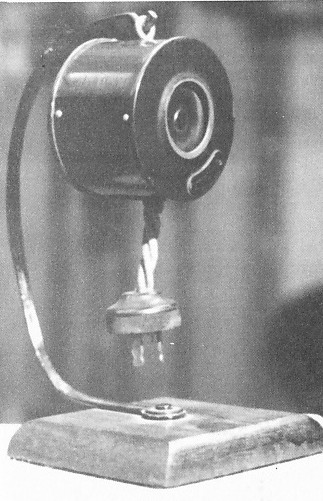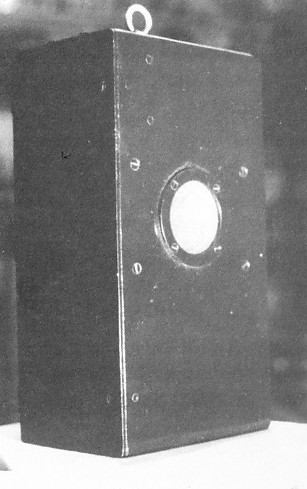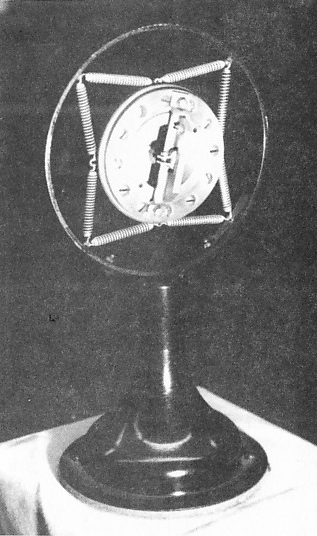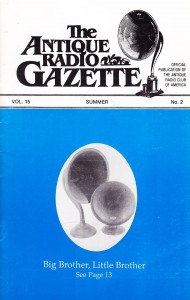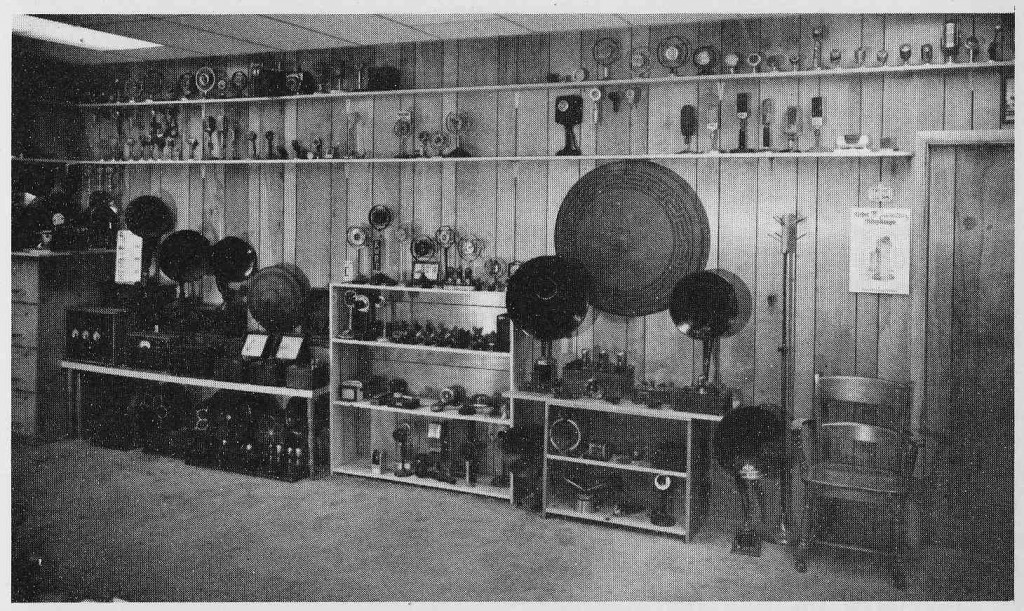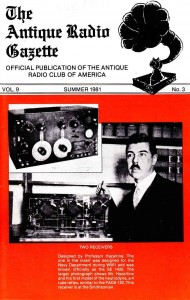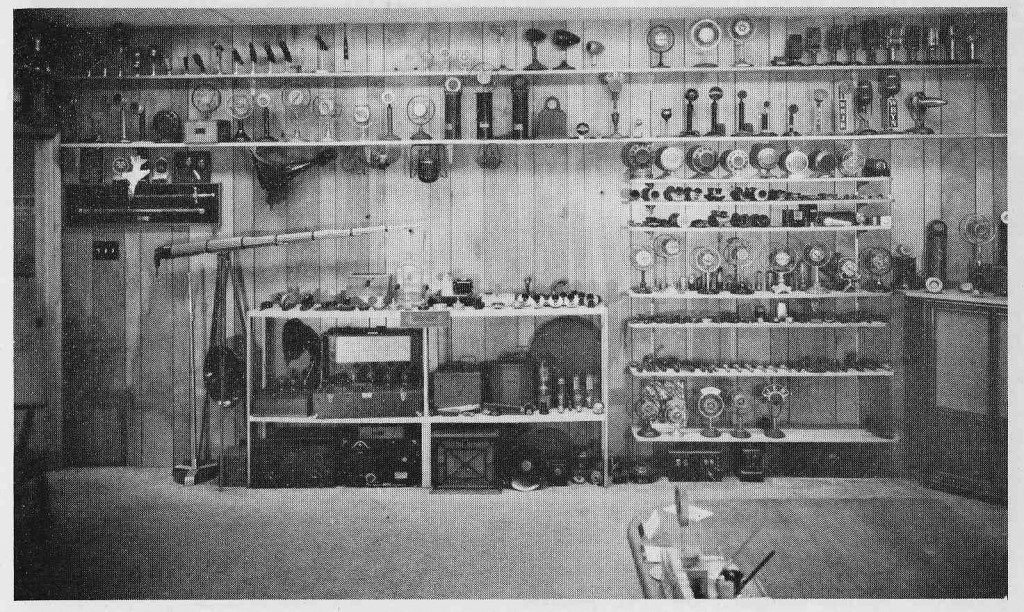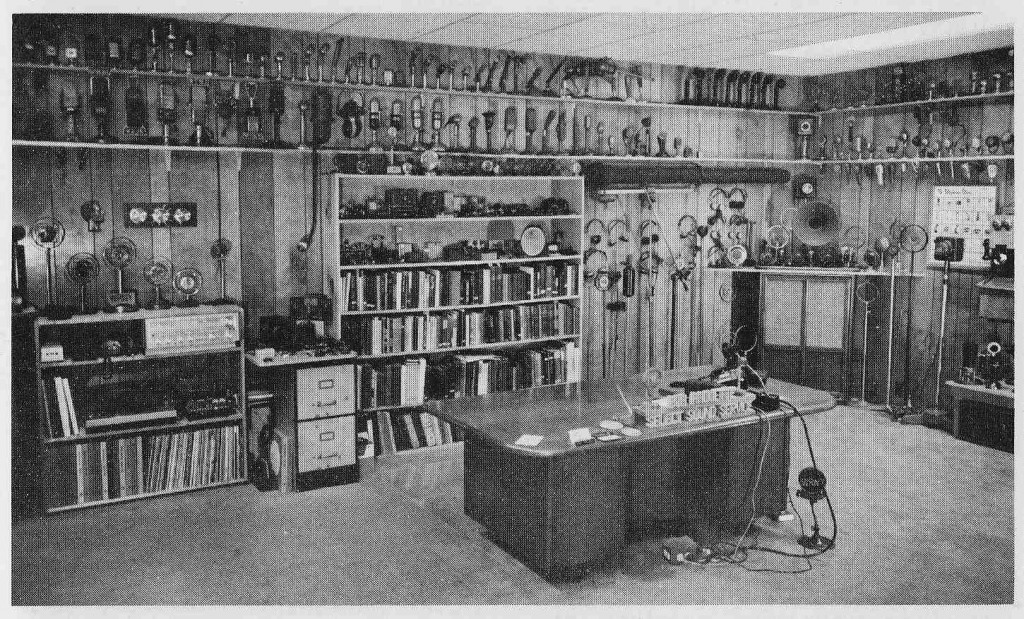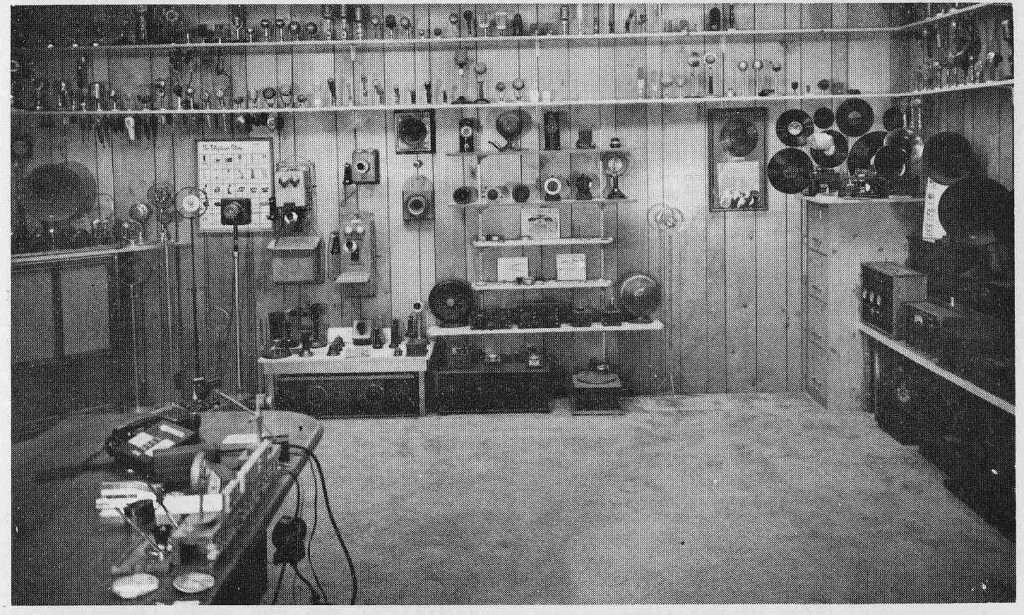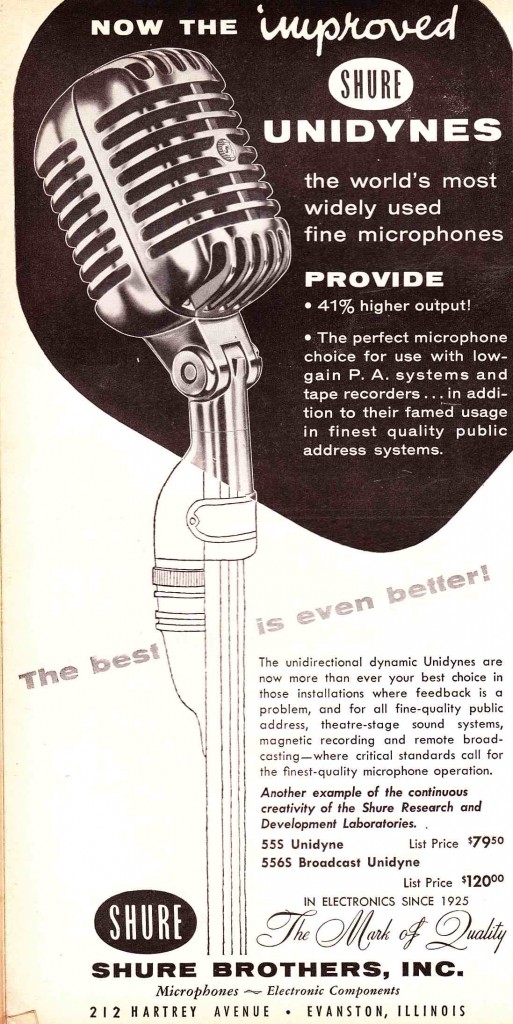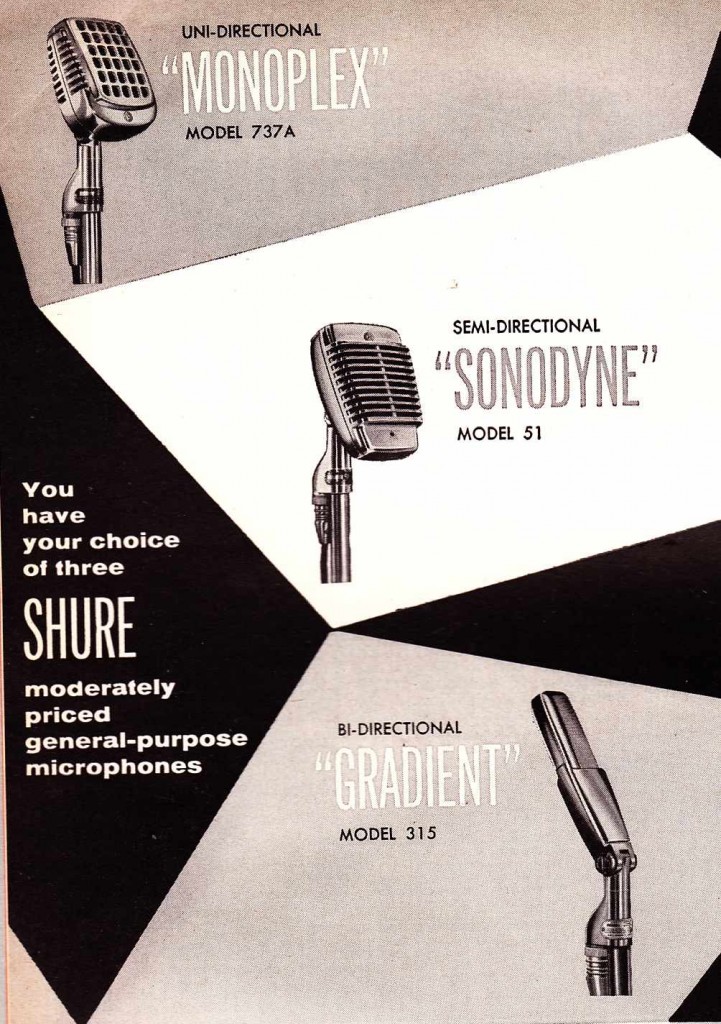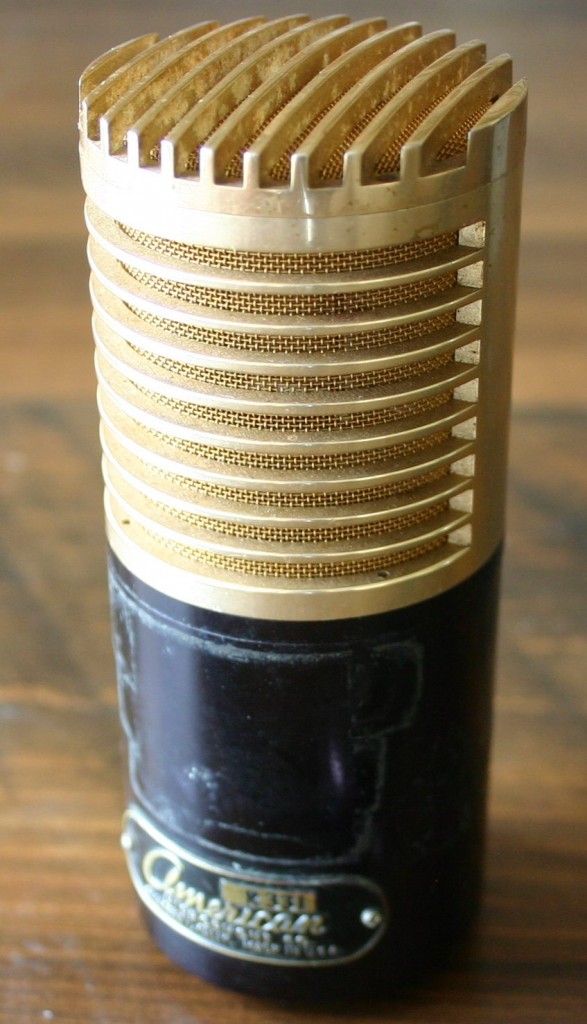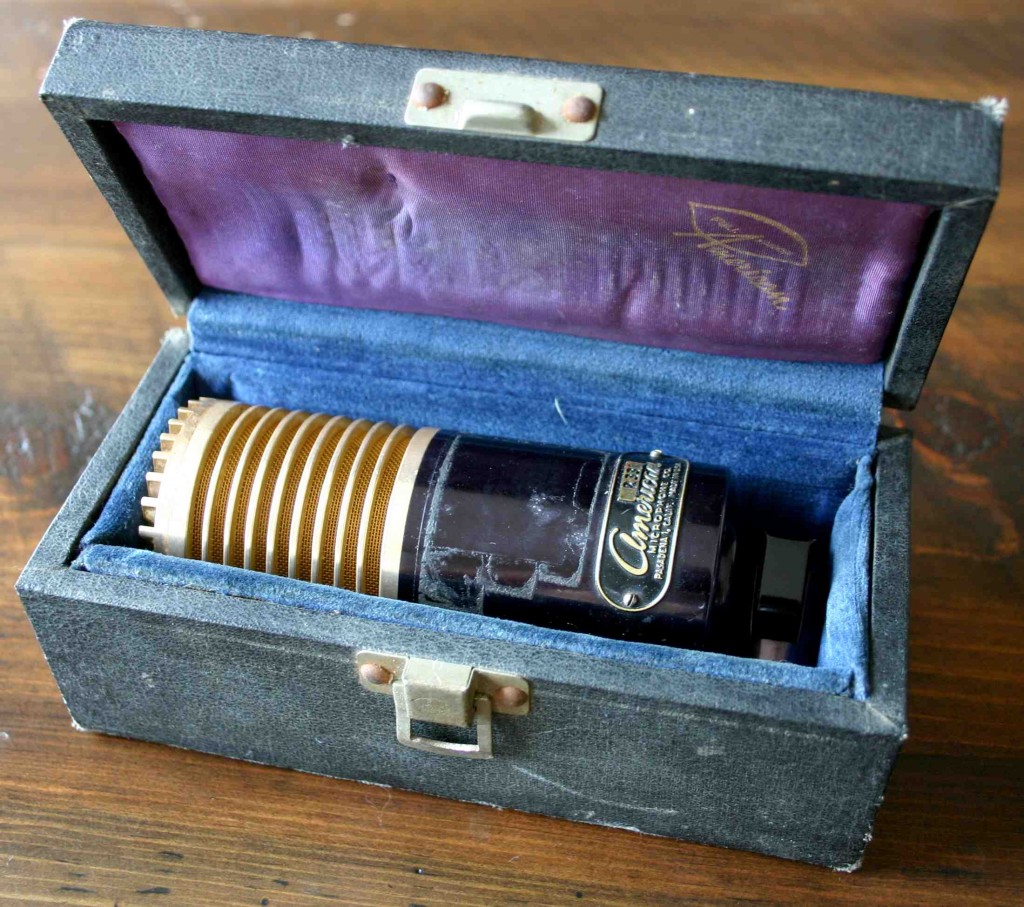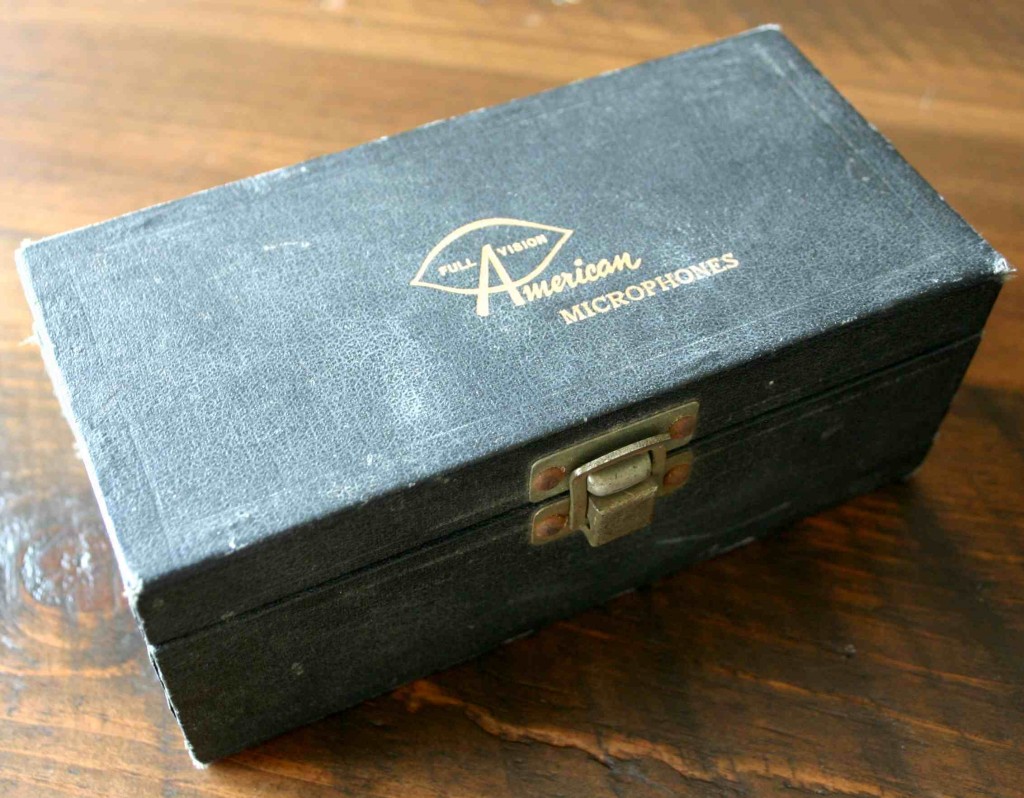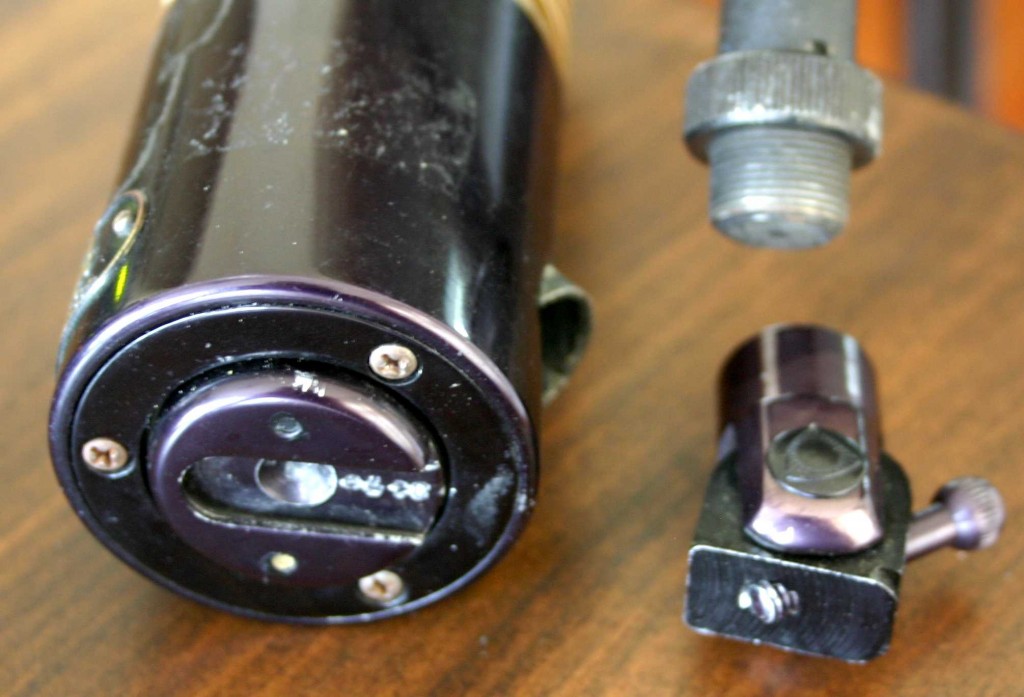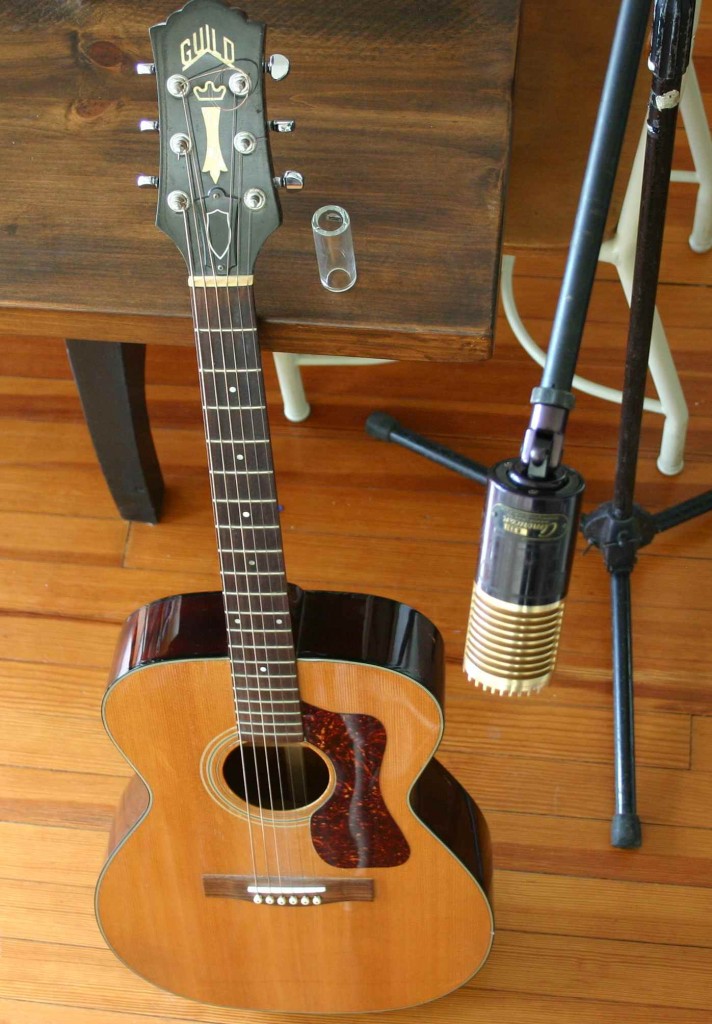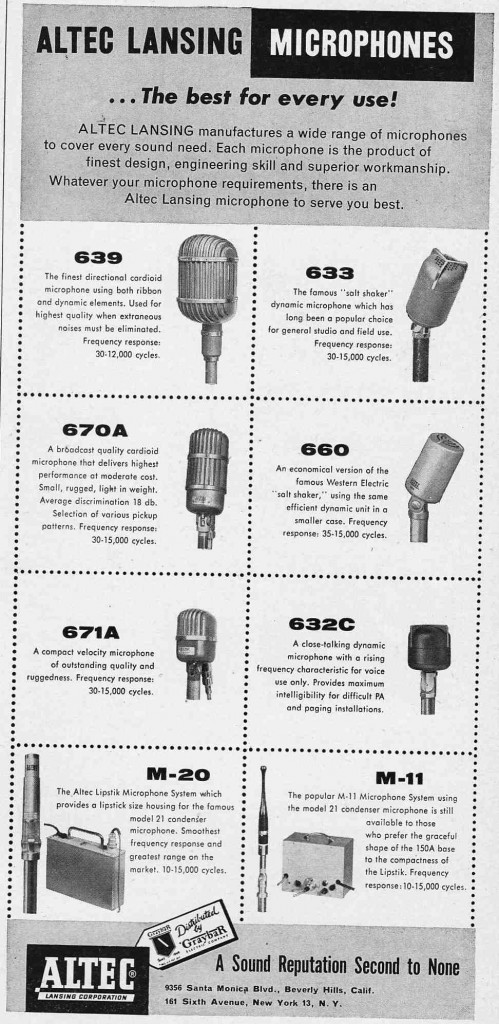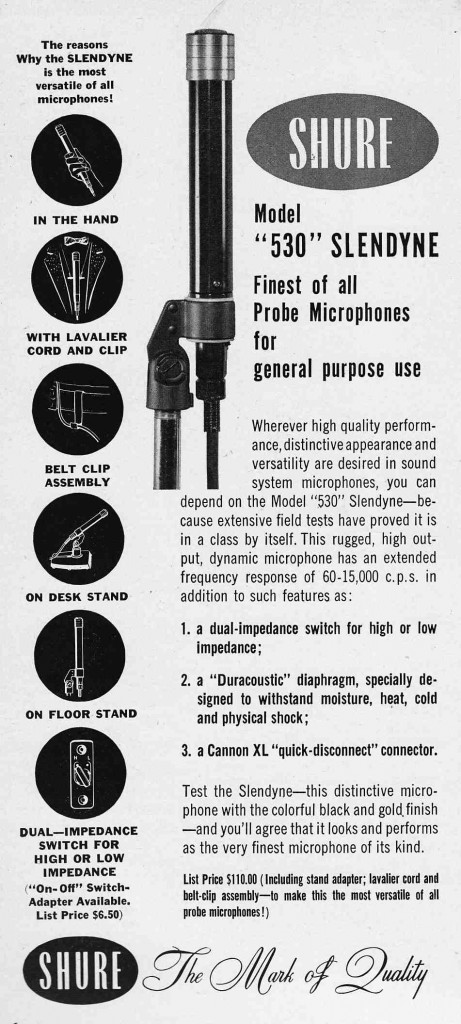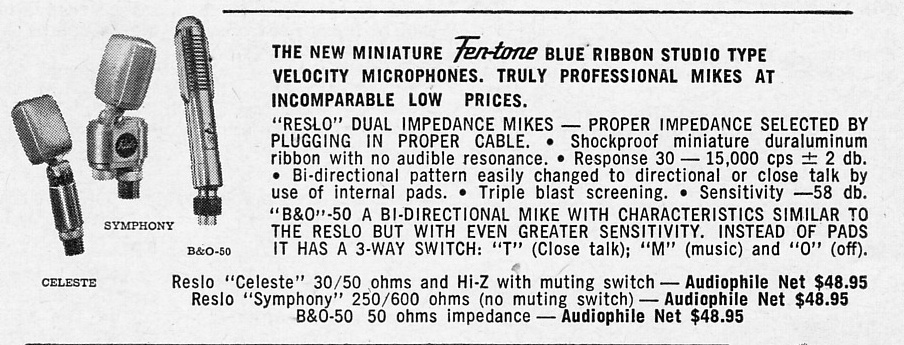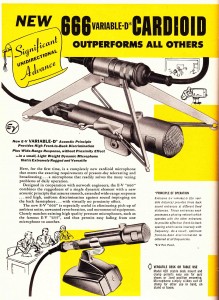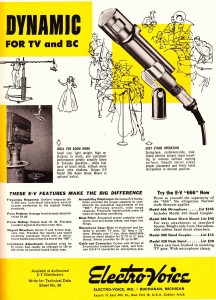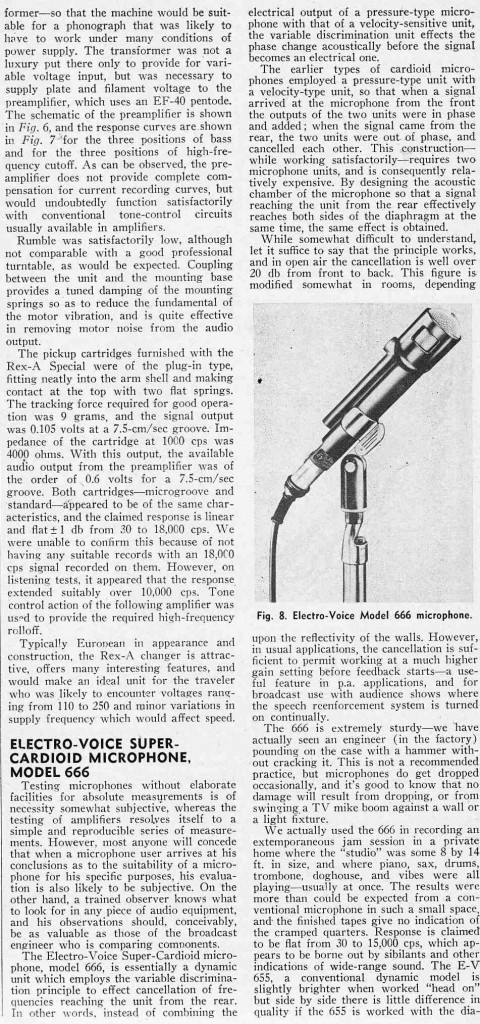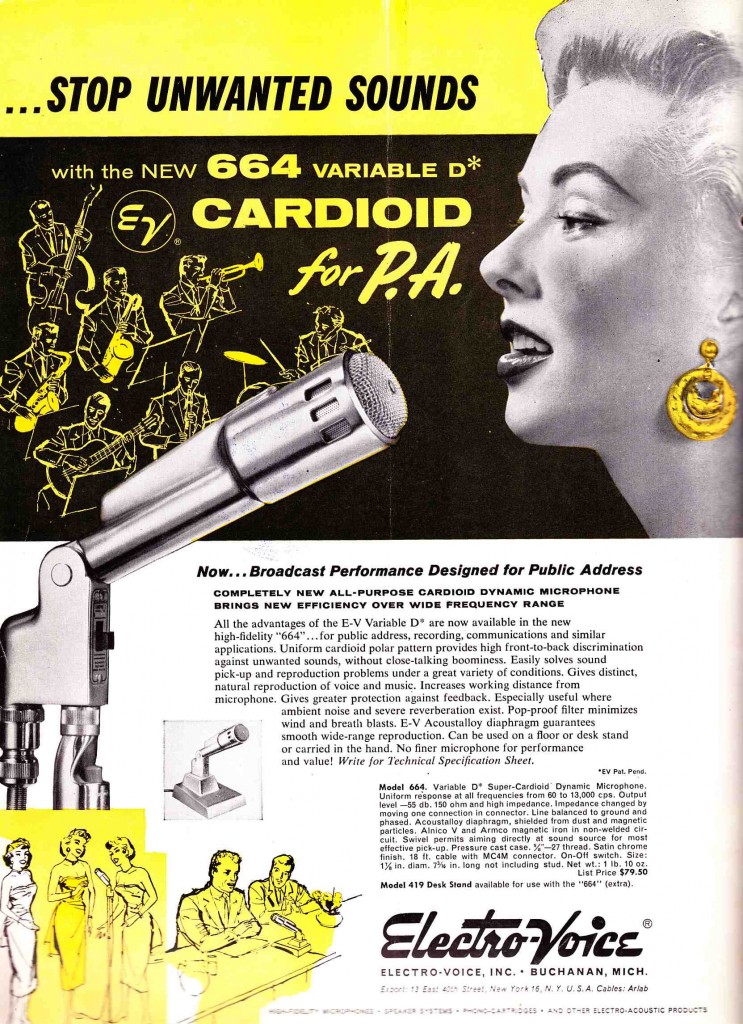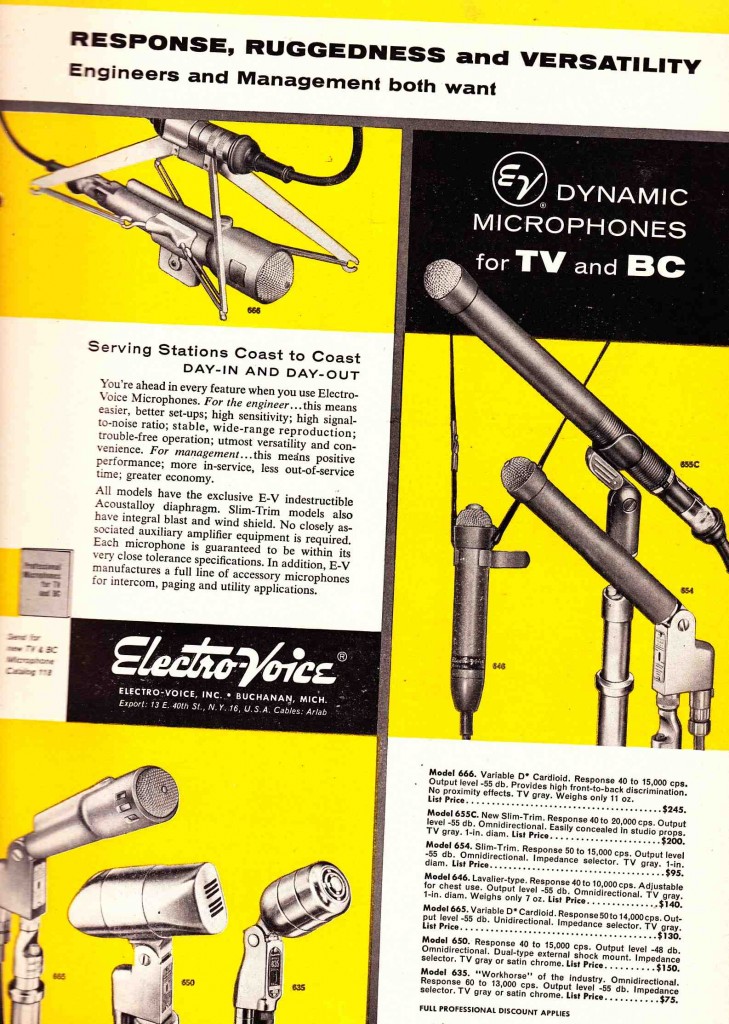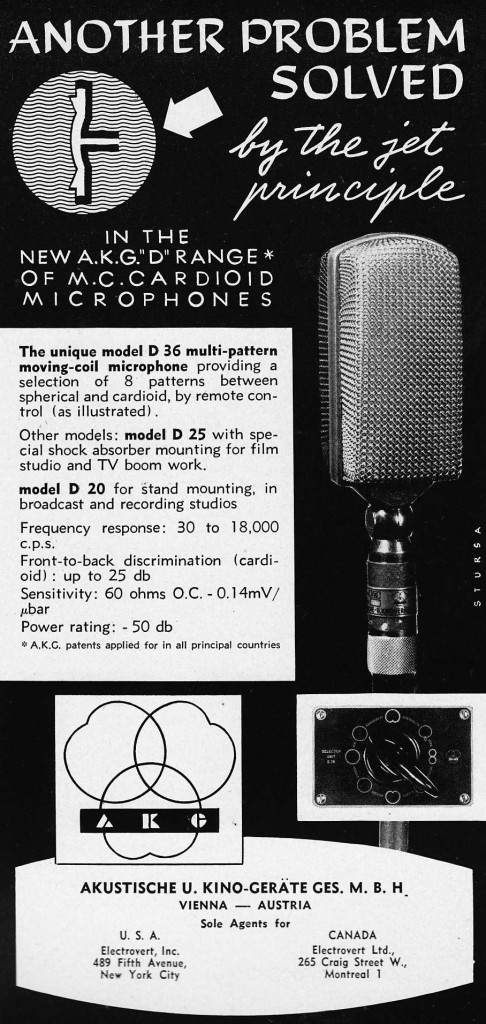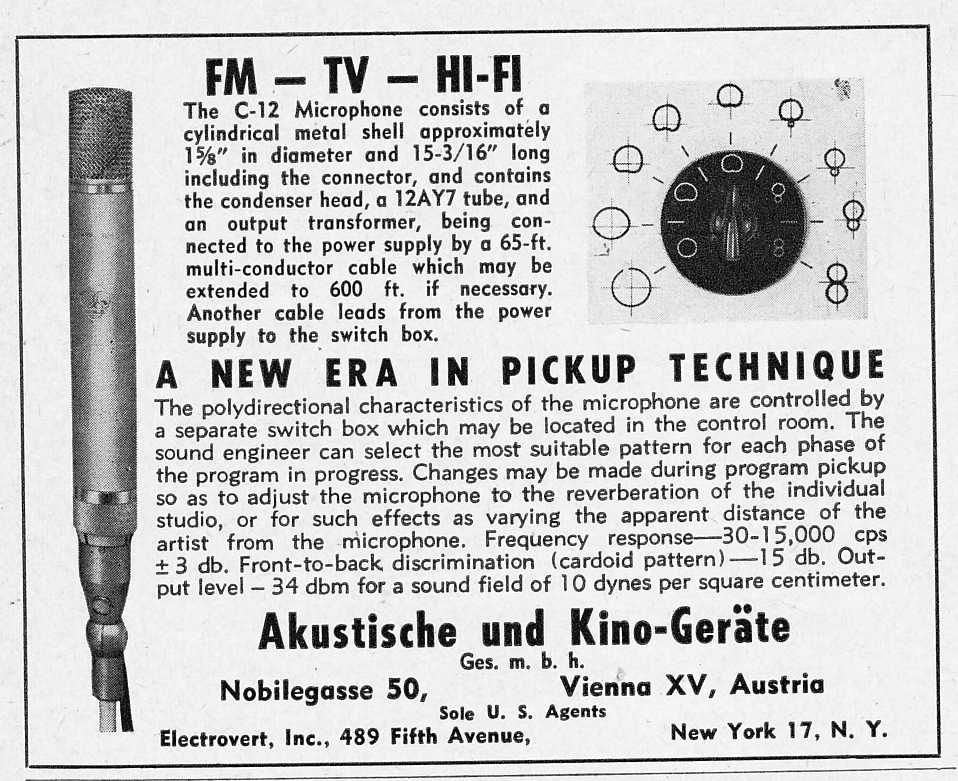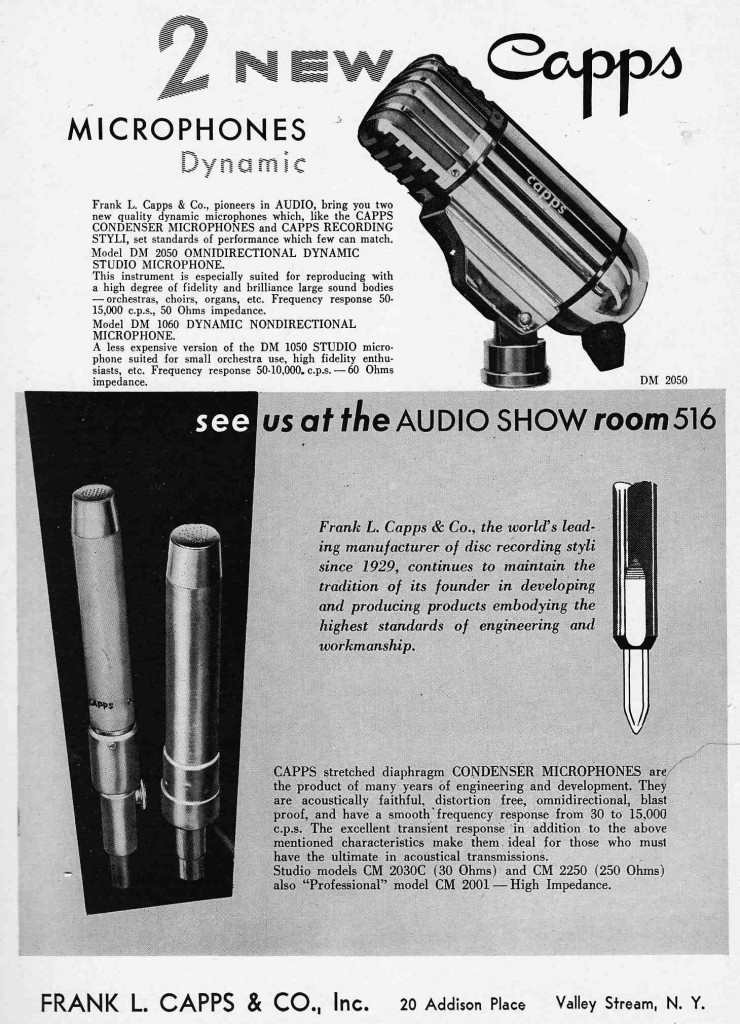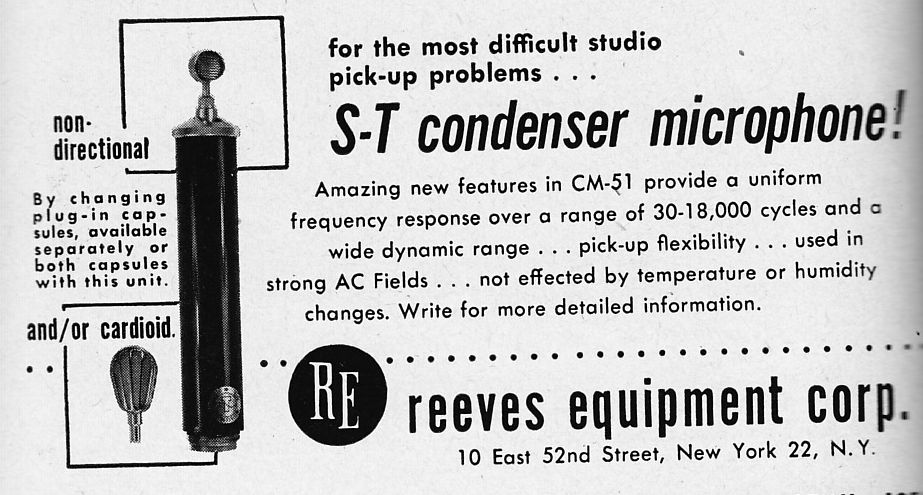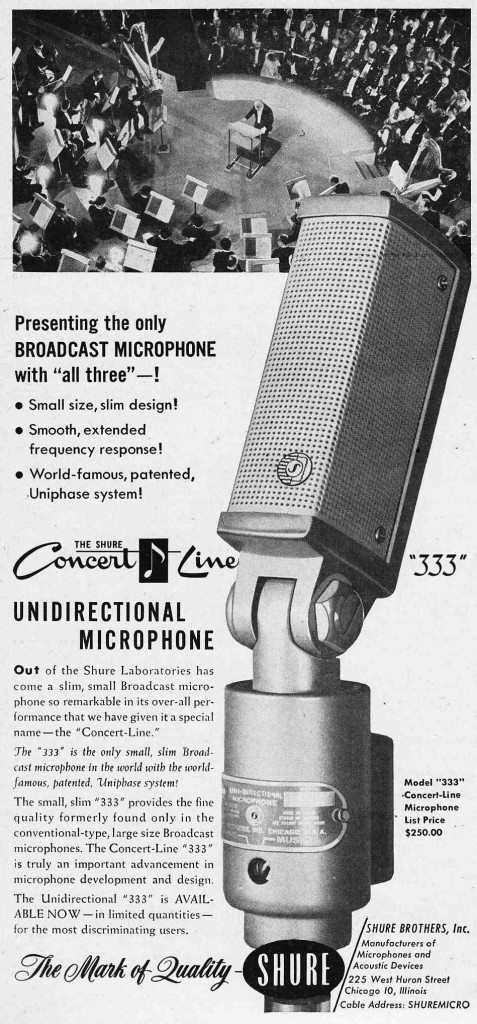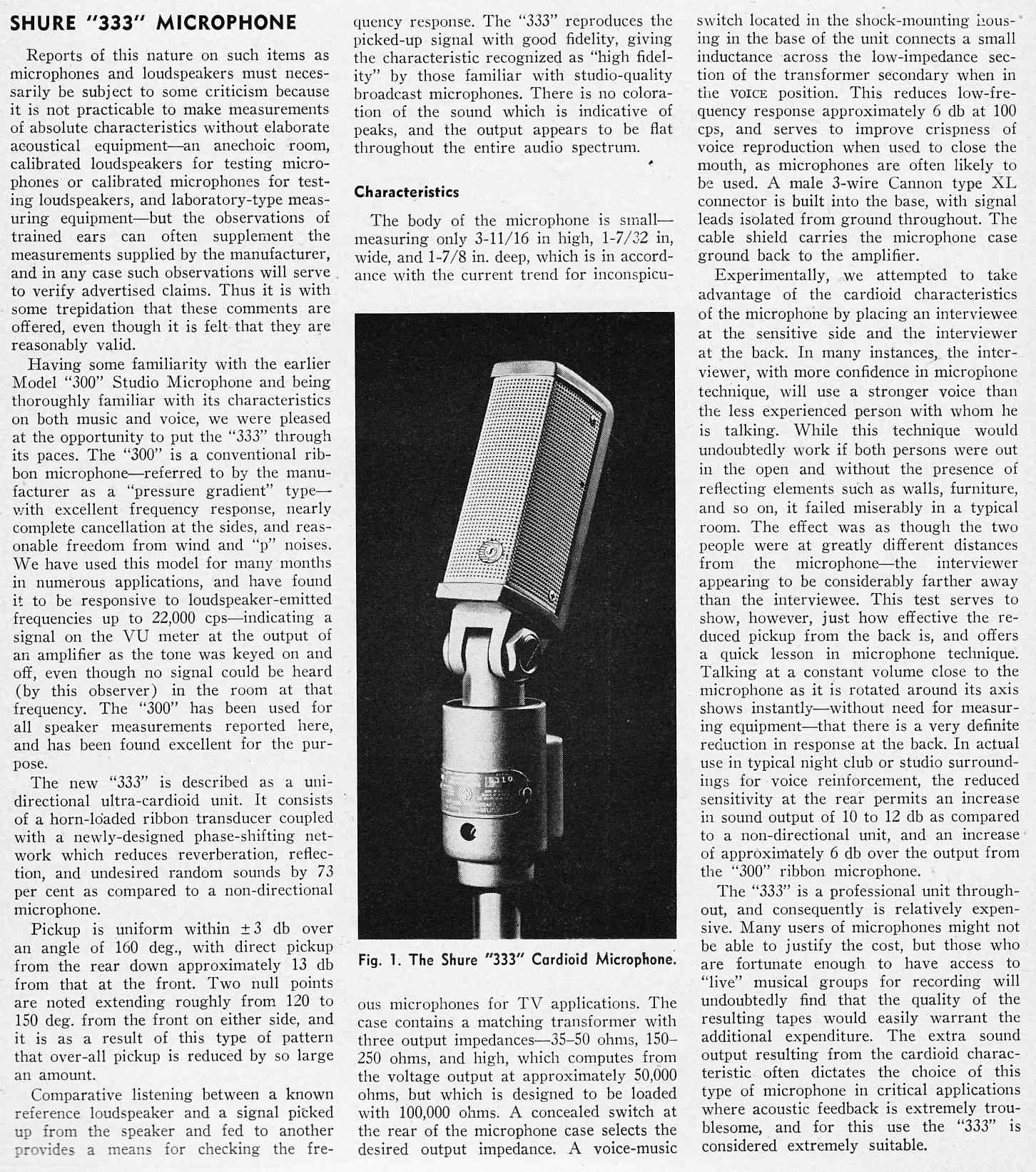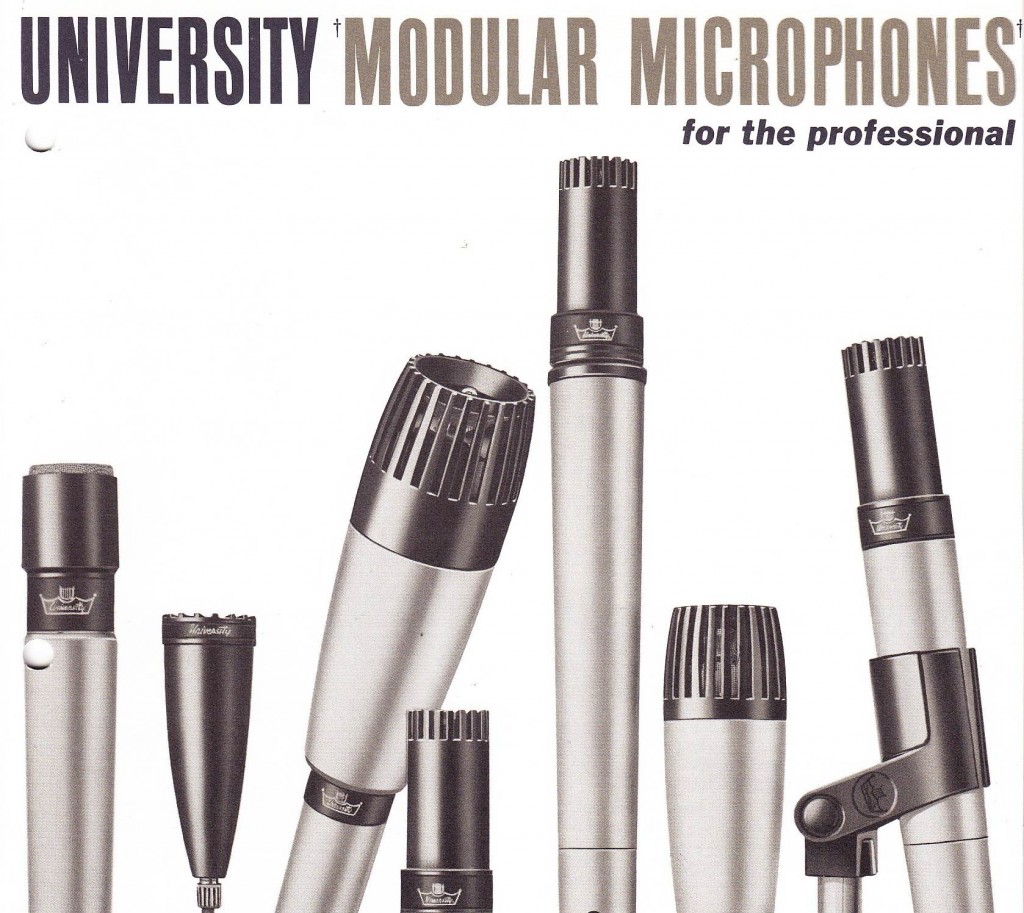 Download the eleven-page University modular-microphones catalog circa 1963:
Download the eleven-page University modular-microphones catalog circa 1963:
DOWNLOAD: University_Microphones_1963
Models covered, with text, specs, and photos, include University model 401, 402s, 501, 502s, 403L, 404L, Model 70, and Model 71 dynamic mics; and the associated Model SA10, PA10, SSP10, SP10, and CC10 microphone bases. By ‘Bases’ I refer to the lower-half of the microphone itself: the connector, stand-mount, and switch assembly. Apparently the user could ‘mix-and match’ among the various University capsule/transformer mic bodies and whatever jack/mount/switch assembly the user preferred. The catalog itself is formatted with a 1/3rd-page insert in order to facilitate comprehension of this ‘feature.’ Here’s an example:
 I purchased a well-worn University handheld cardiod dynamic mic recently; it was a model 8100 I believe. It was the first University microphone I can recall finding. I picked it up with a nice older desktop stand and a big pile of useless old cabling for a few bucks. It worked well, and once I constructed a proper cable for it was moved along. University was a subsidiary of Ling electronics, as was Altec; that being said, there was no way to identify the 8100 as being possibly Altec in origin other than the fact that it used an uncommon XLR4 cable connector, as most 1960s Altec mics also do. I don’t know if there is any significance to this. The 8100 was sold to me with possibly the best microphone provenance I have heard in a long time; the junk dealer told me that it had been the announcer mic at the Wallingford Speedway, a (now defunct? Leveled?) Connecticut auto racetrack that I remember vaguely from my early childhood.
I purchased a well-worn University handheld cardiod dynamic mic recently; it was a model 8100 I believe. It was the first University microphone I can recall finding. I picked it up with a nice older desktop stand and a big pile of useless old cabling for a few bucks. It worked well, and once I constructed a proper cable for it was moved along. University was a subsidiary of Ling electronics, as was Altec; that being said, there was no way to identify the 8100 as being possibly Altec in origin other than the fact that it used an uncommon XLR4 cable connector, as most 1960s Altec mics also do. I don’t know if there is any significance to this. The 8100 was sold to me with possibly the best microphone provenance I have heard in a long time; the junk dealer told me that it had been the announcer mic at the Wallingford Speedway, a (now defunct? Leveled?) Connecticut auto racetrack that I remember vaguely from my early childhood.
A similar model 8100 recently sold on eBay for the terrific sum of $0.99; new in box, nonetheless; no stories of former racetrack glory accompanied that particular mic. Dig the fantastic graphic design on the box. Original eBay listing on-view here.
